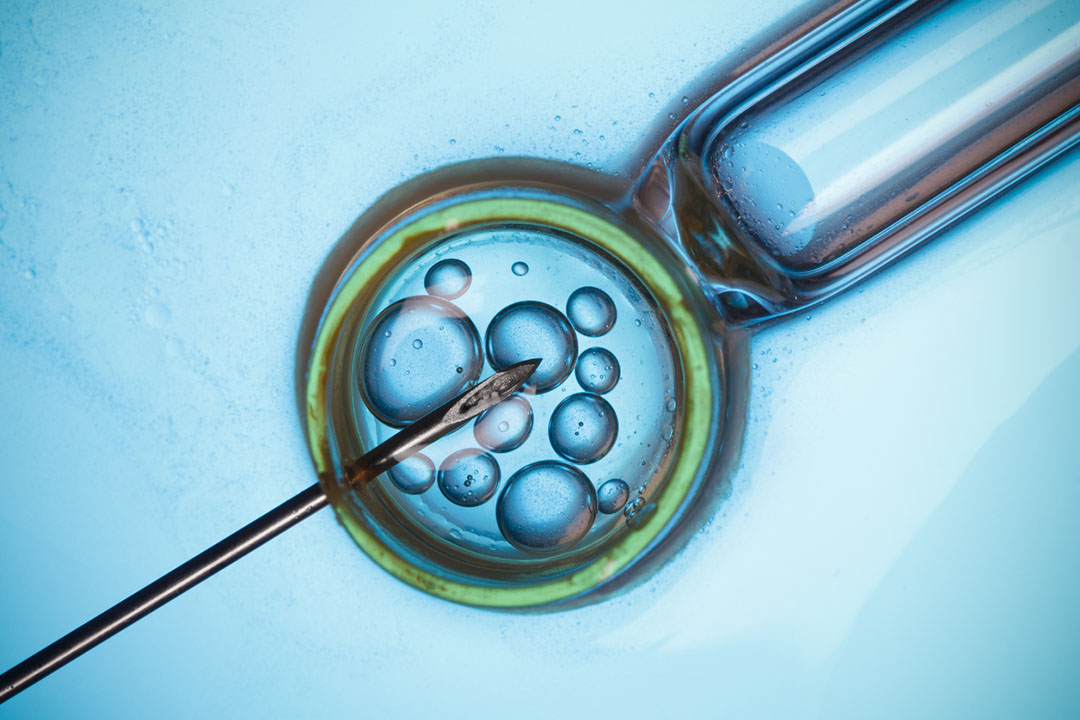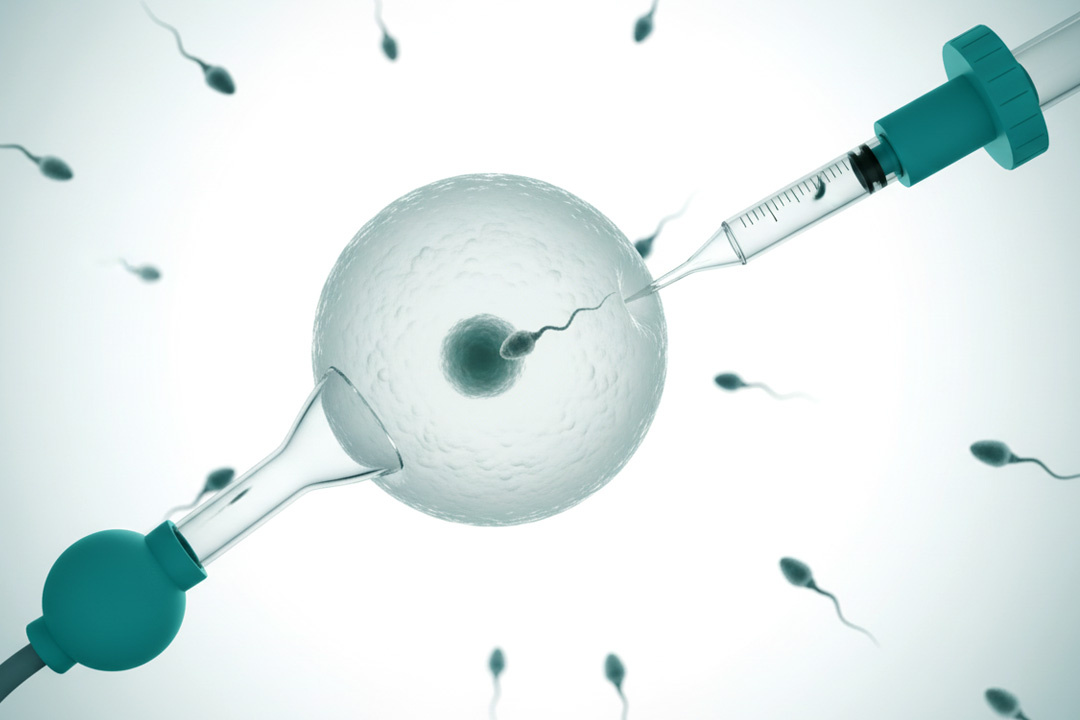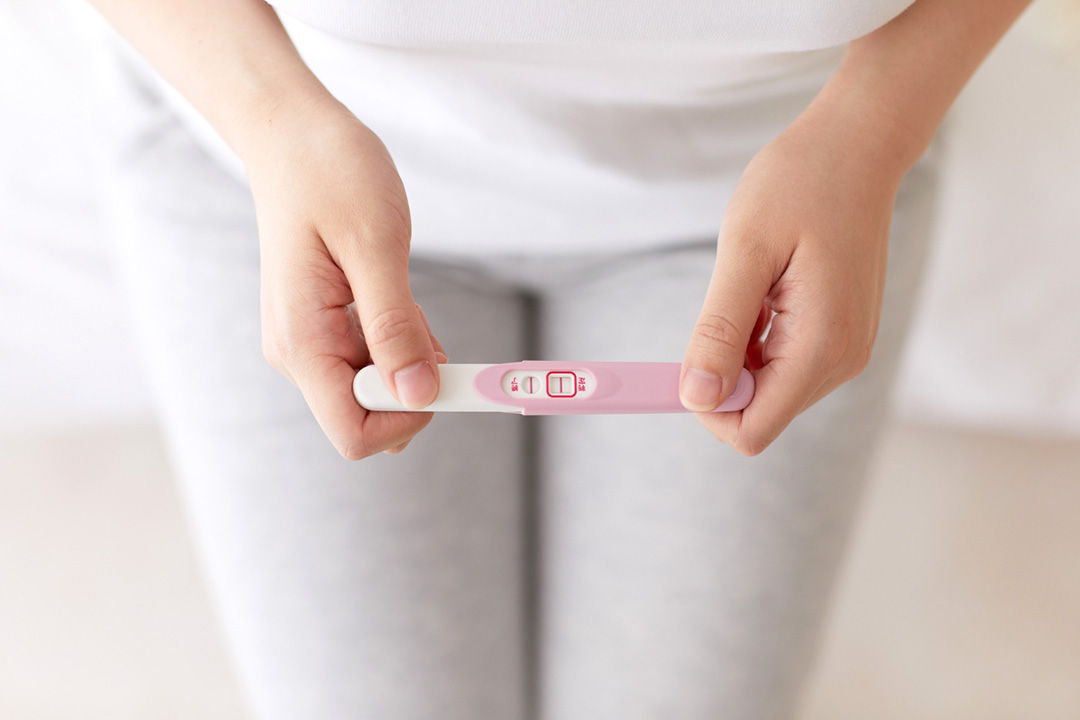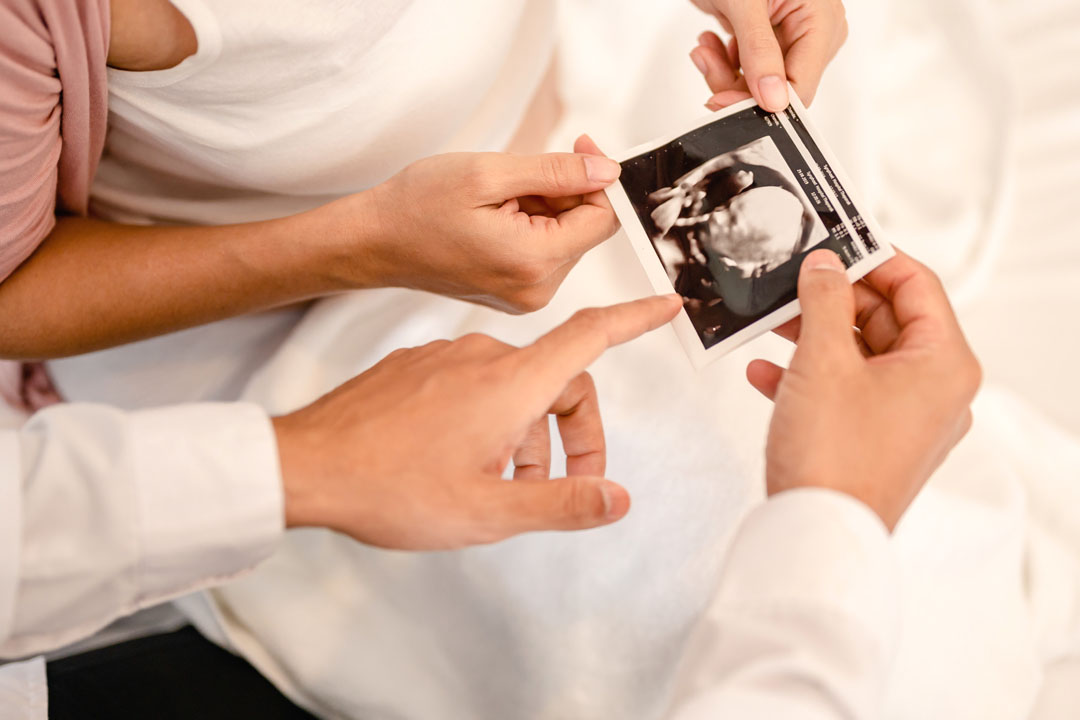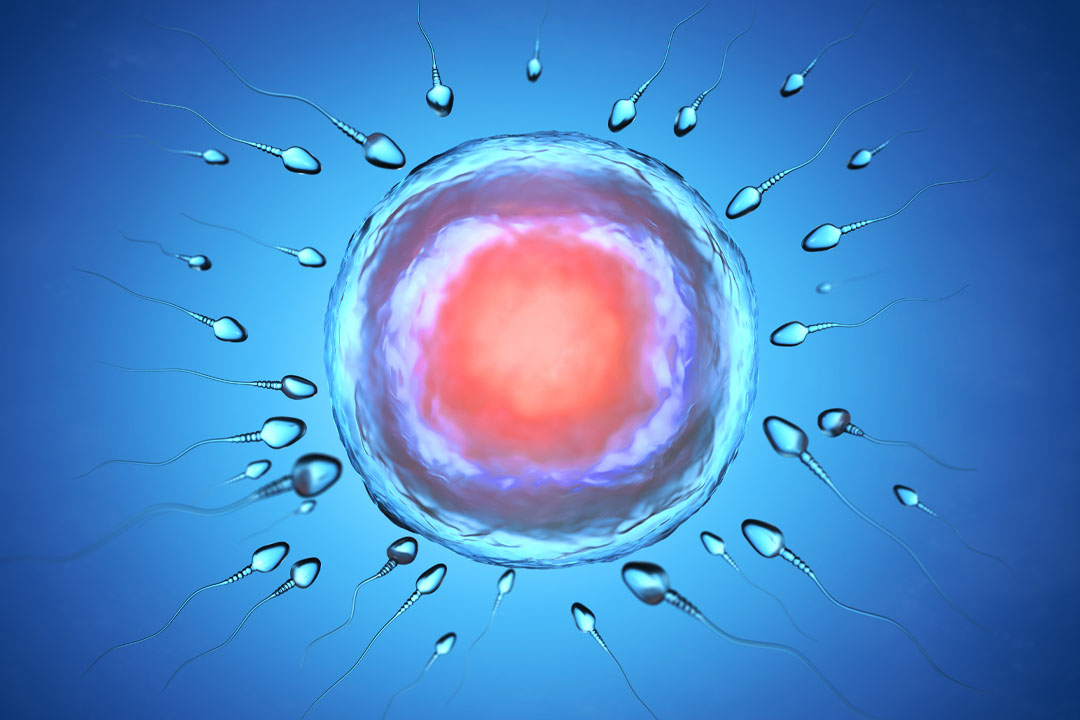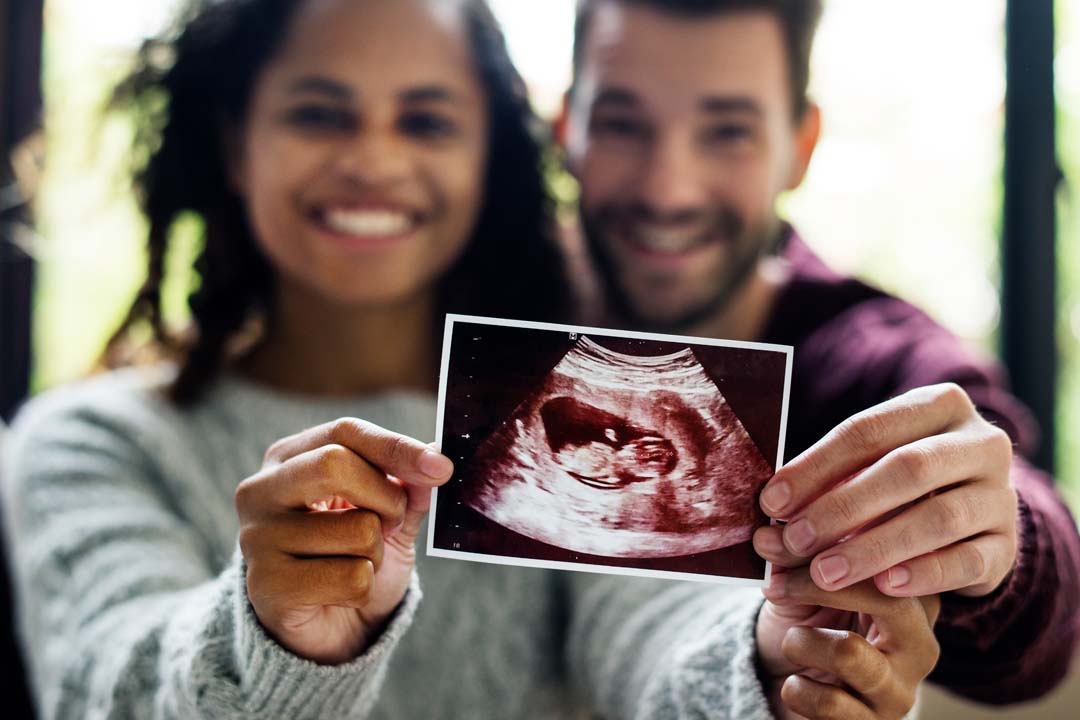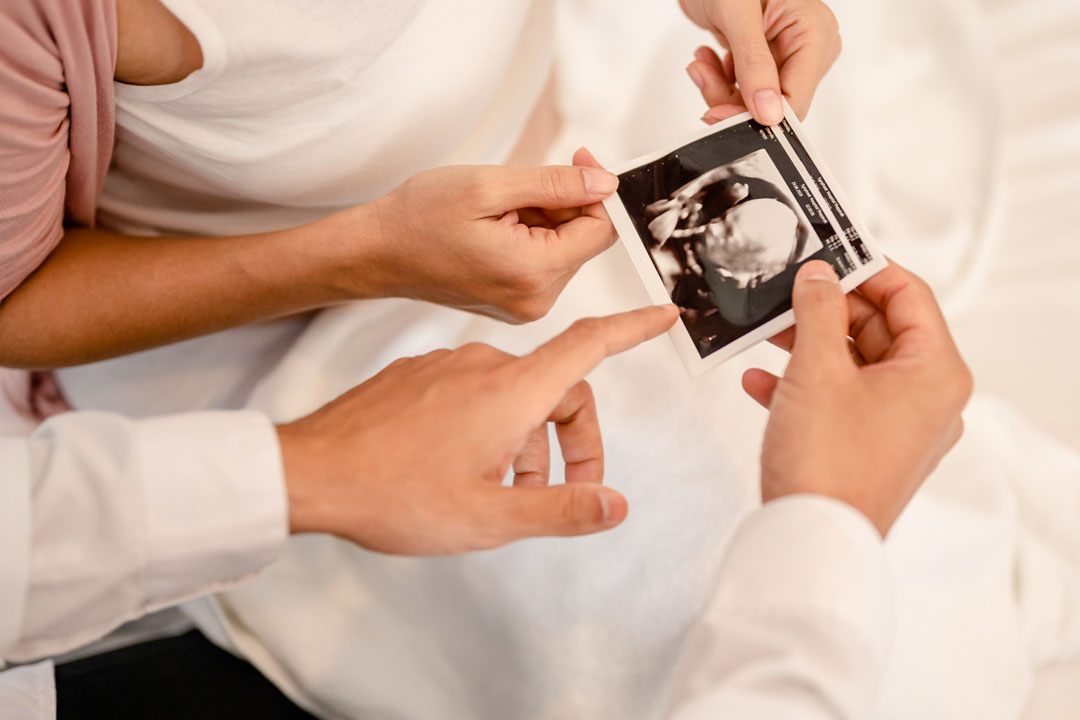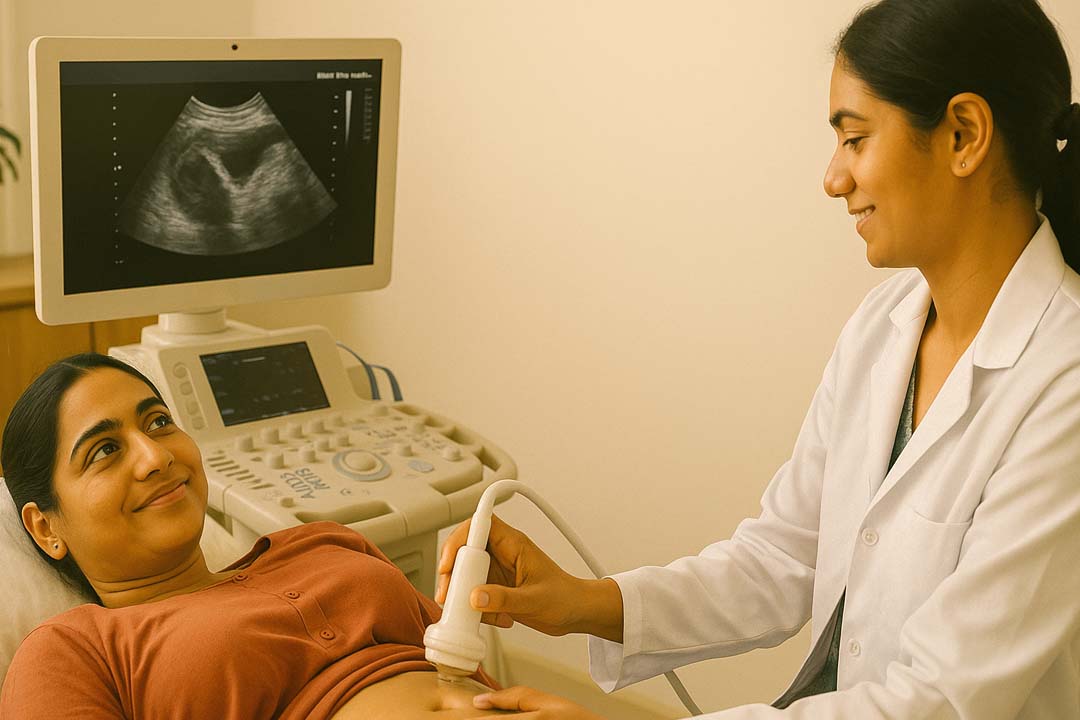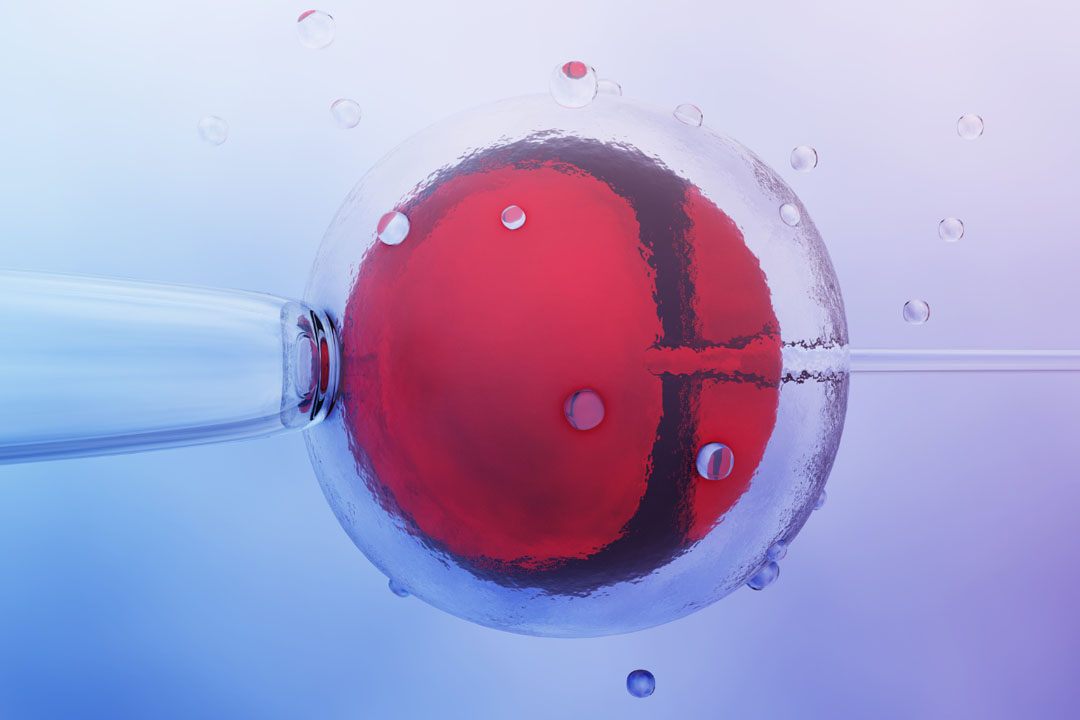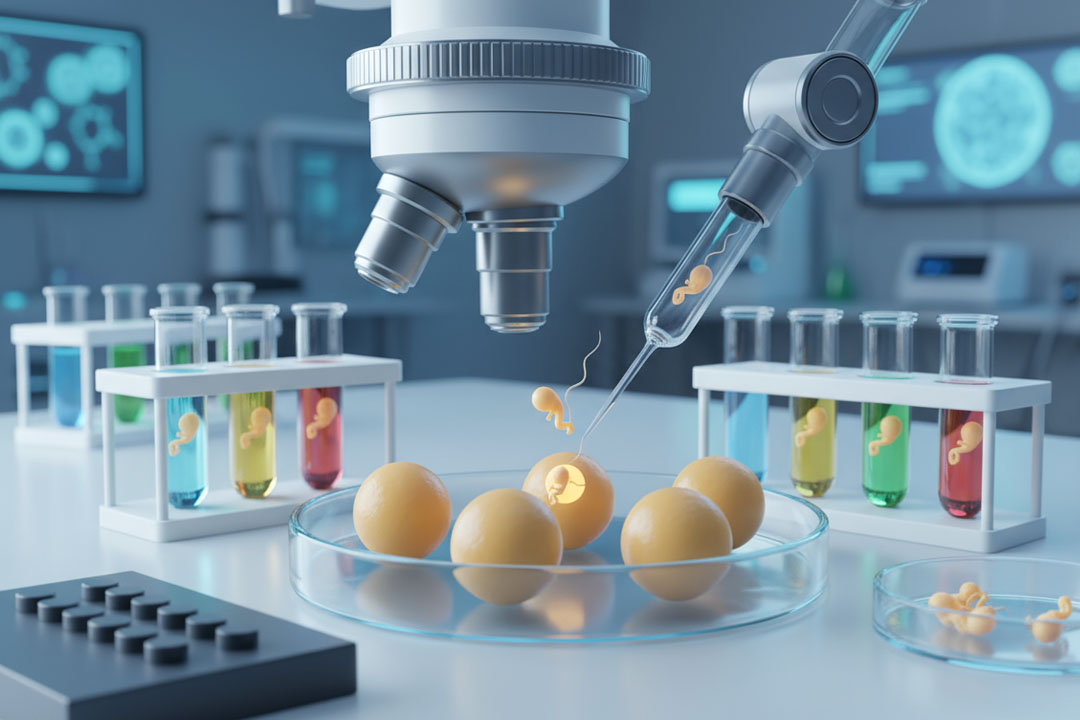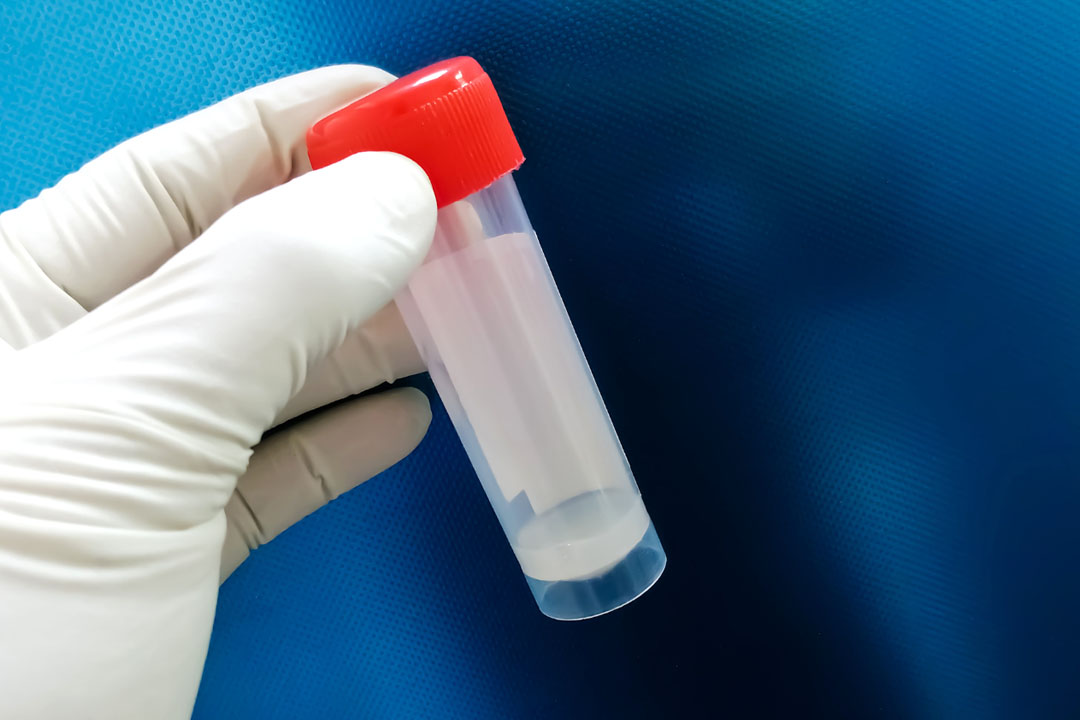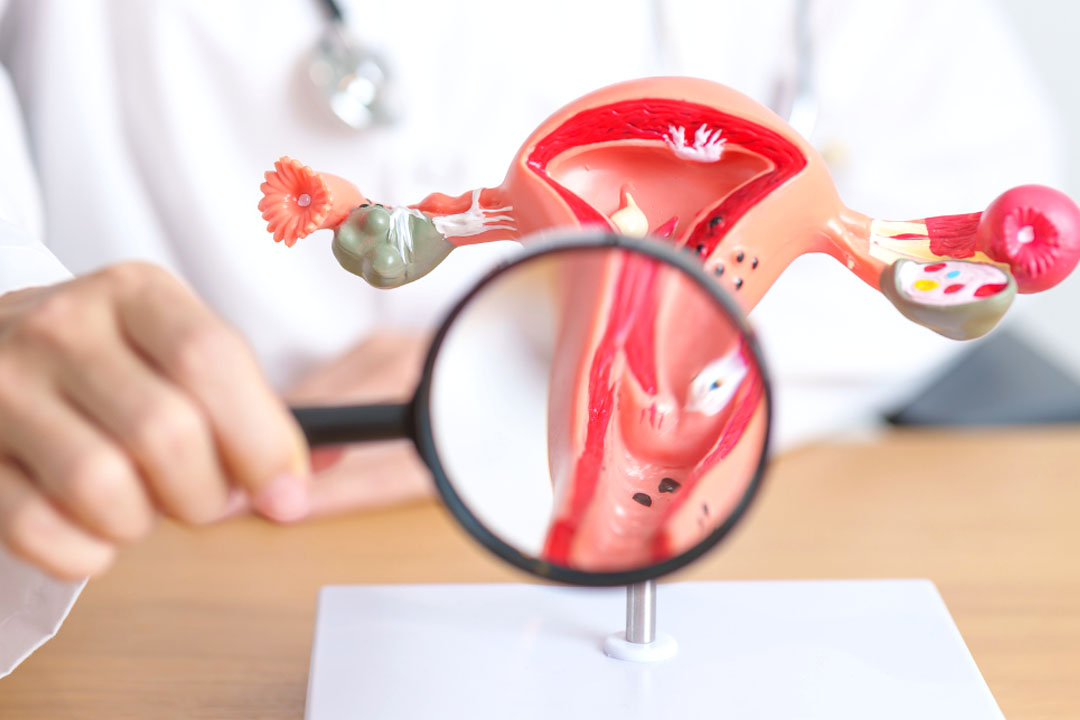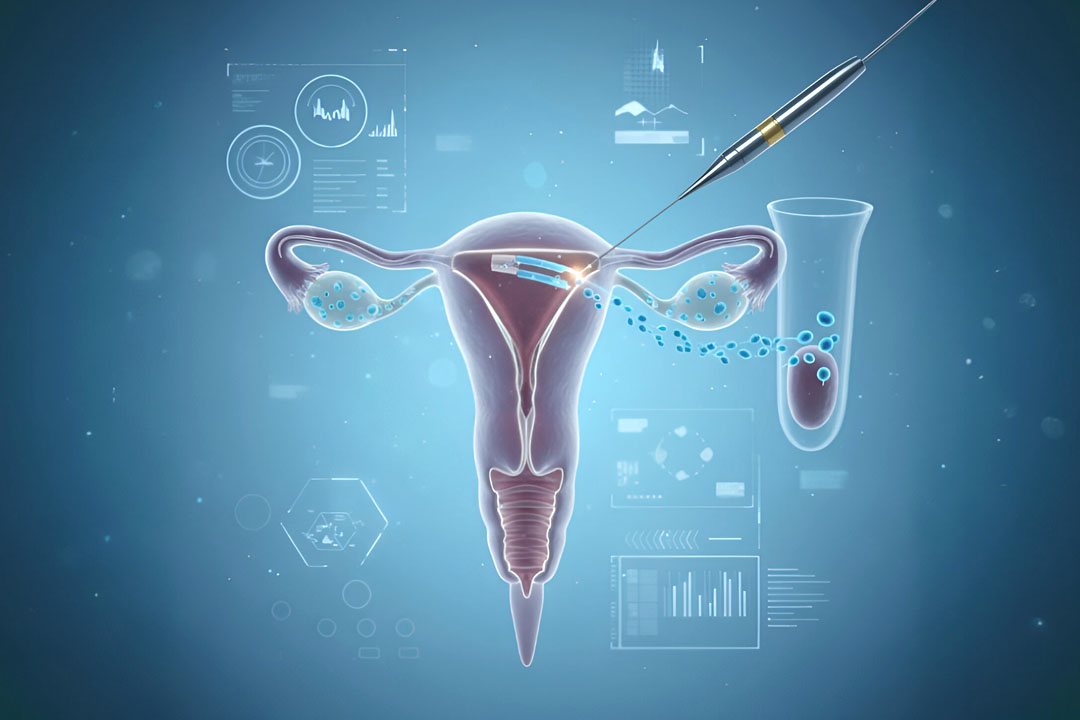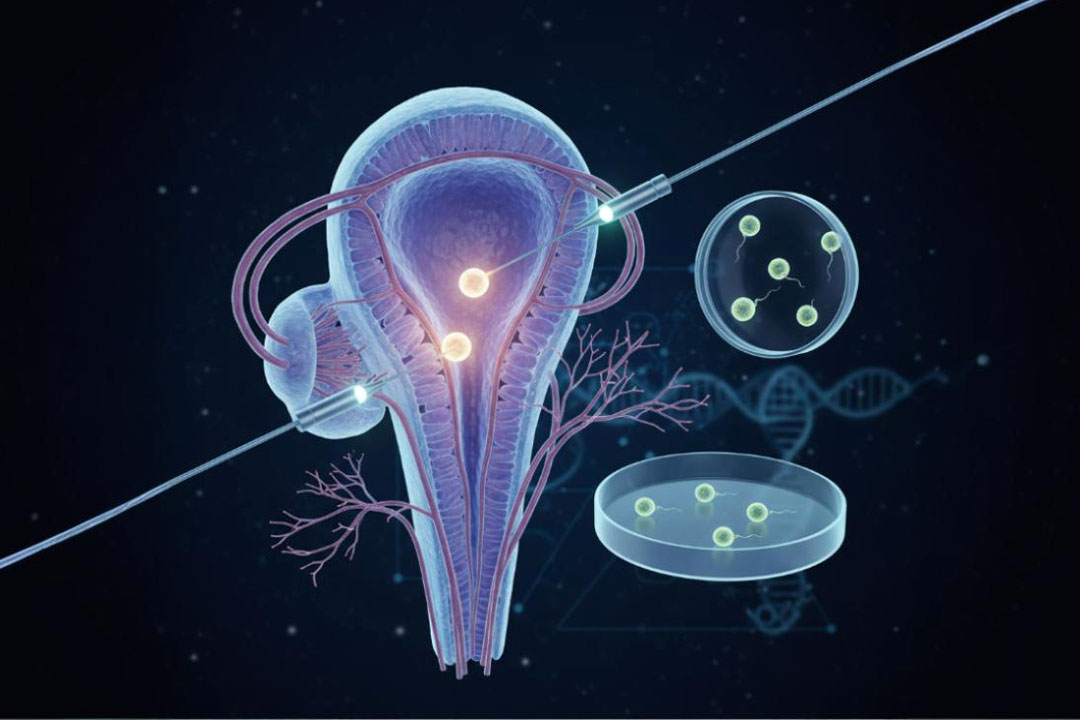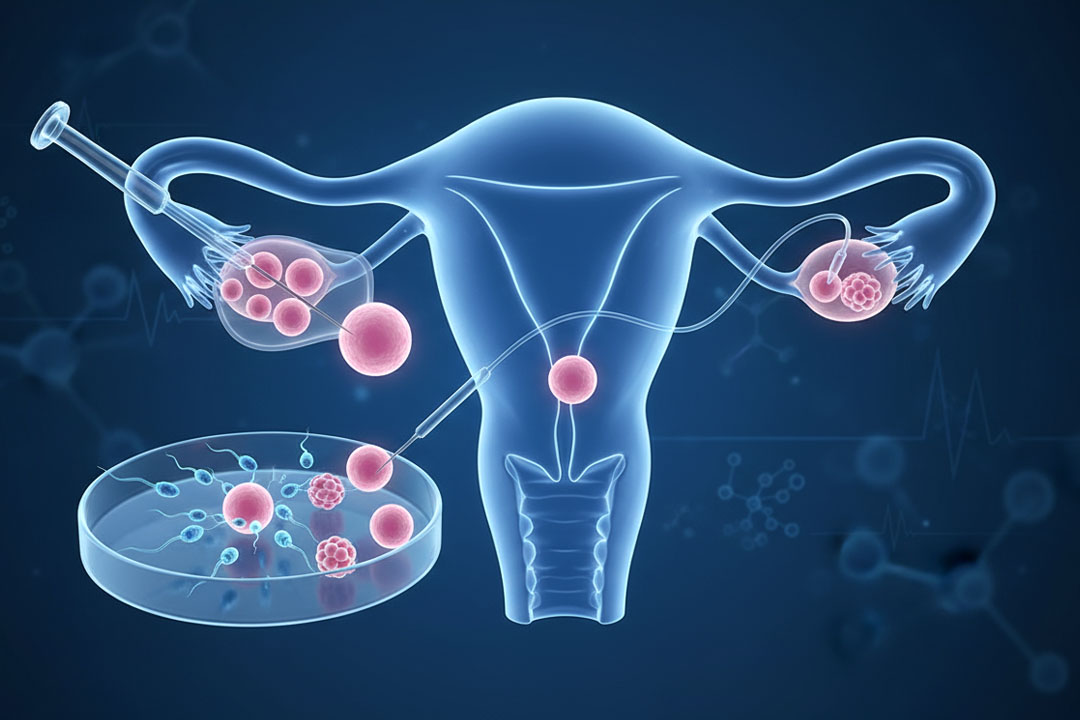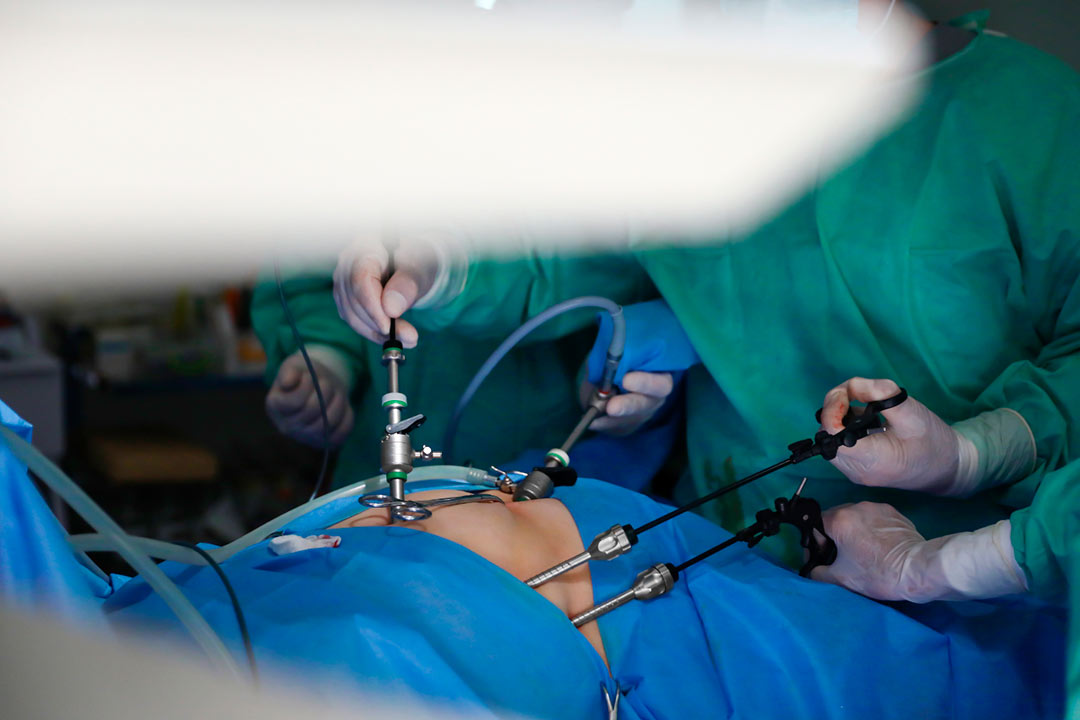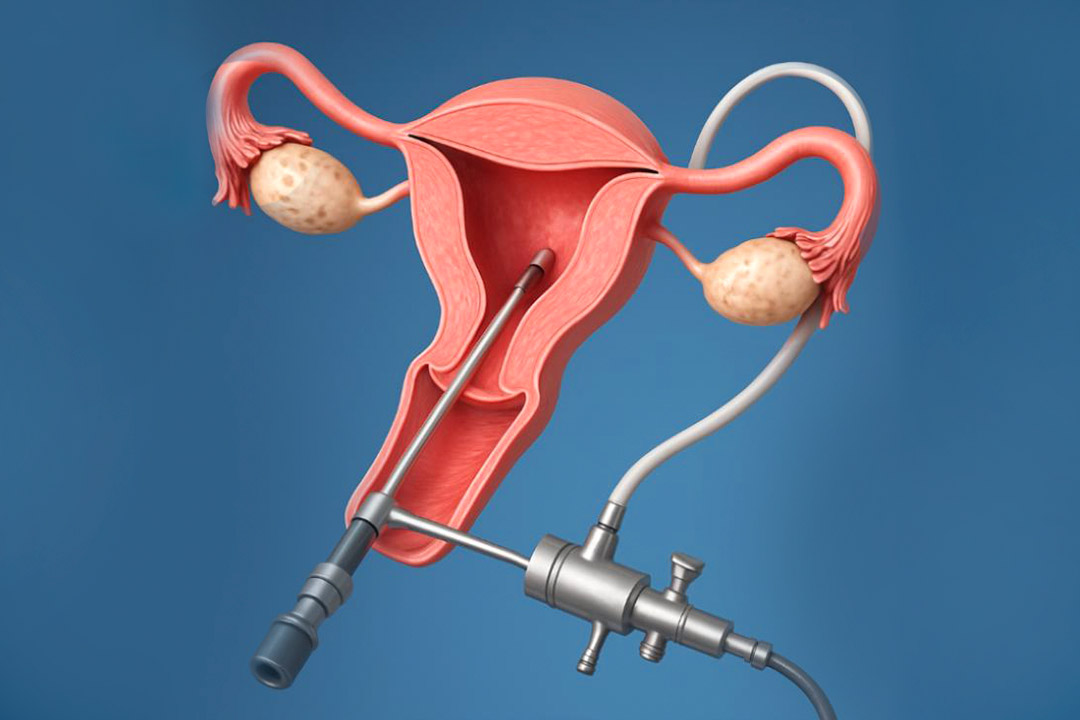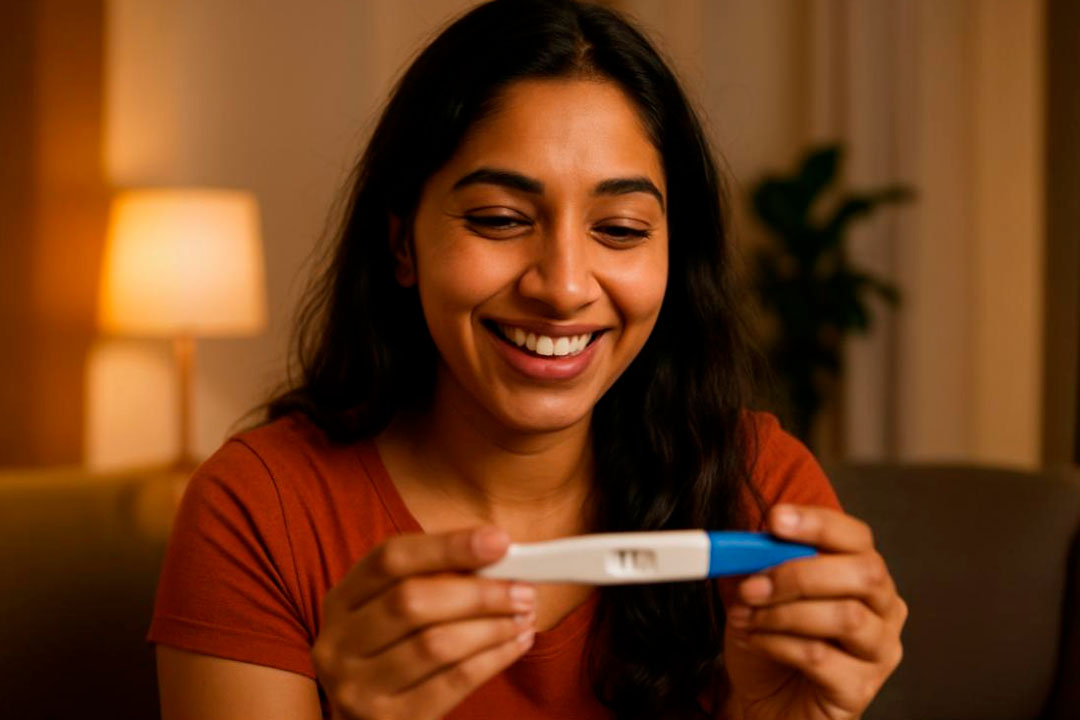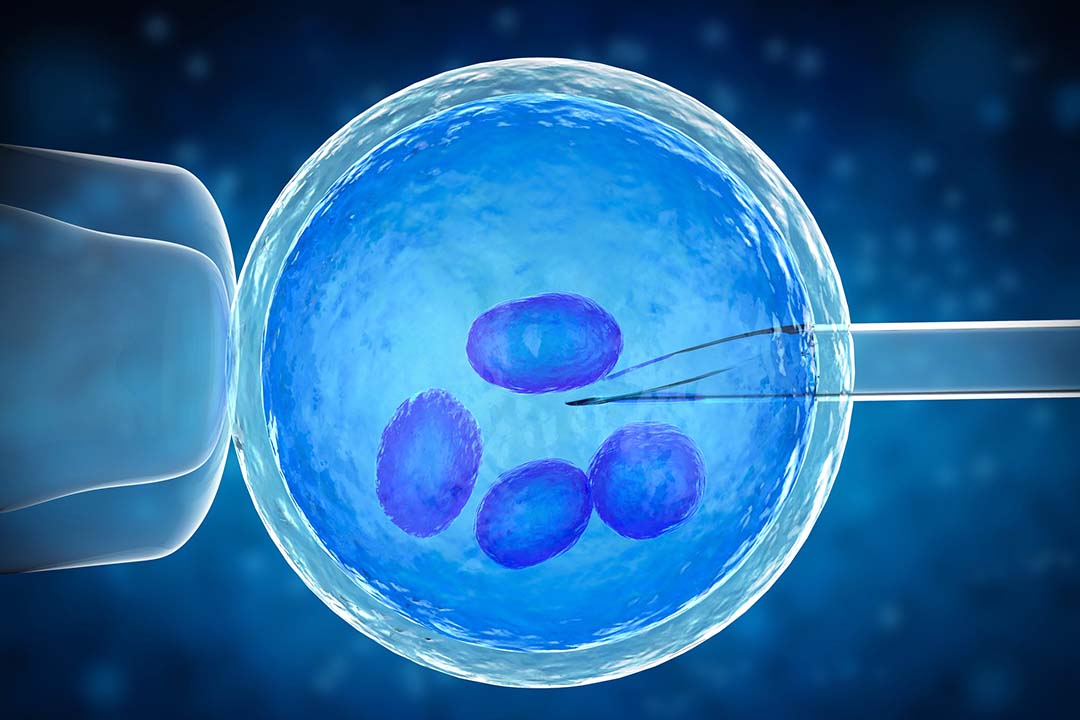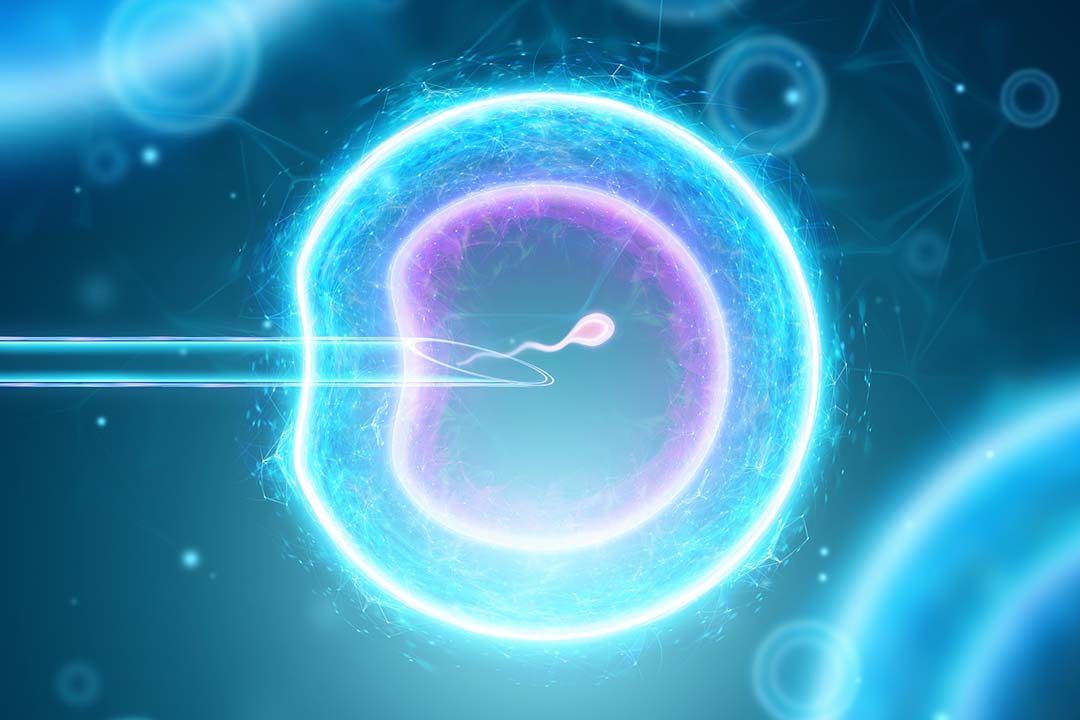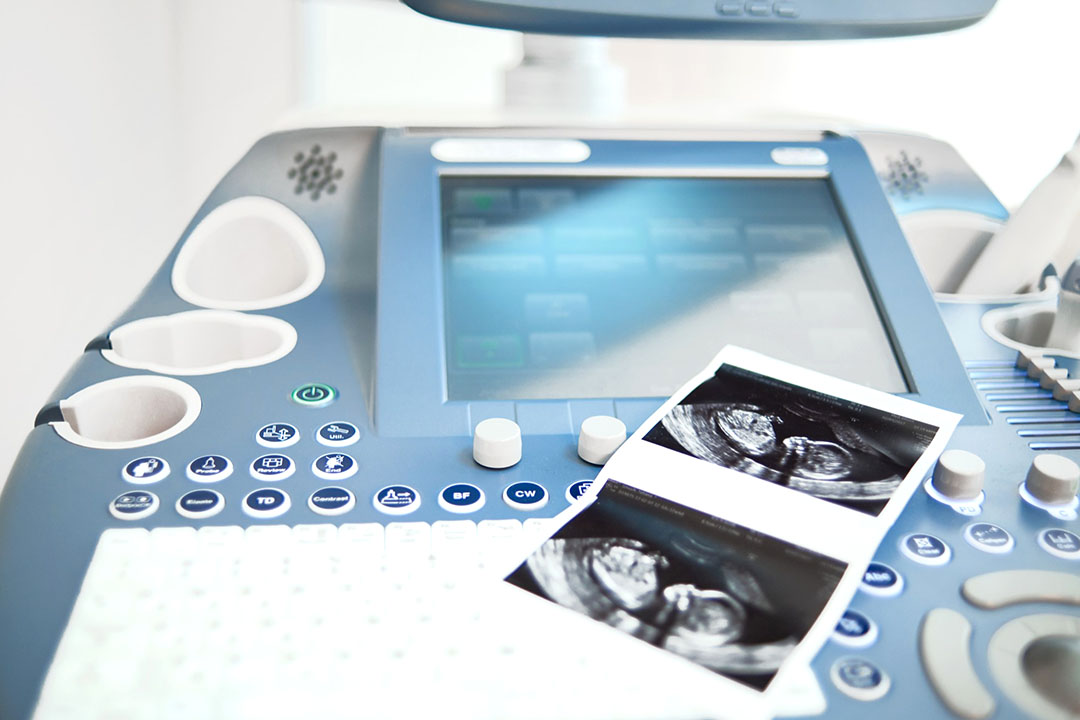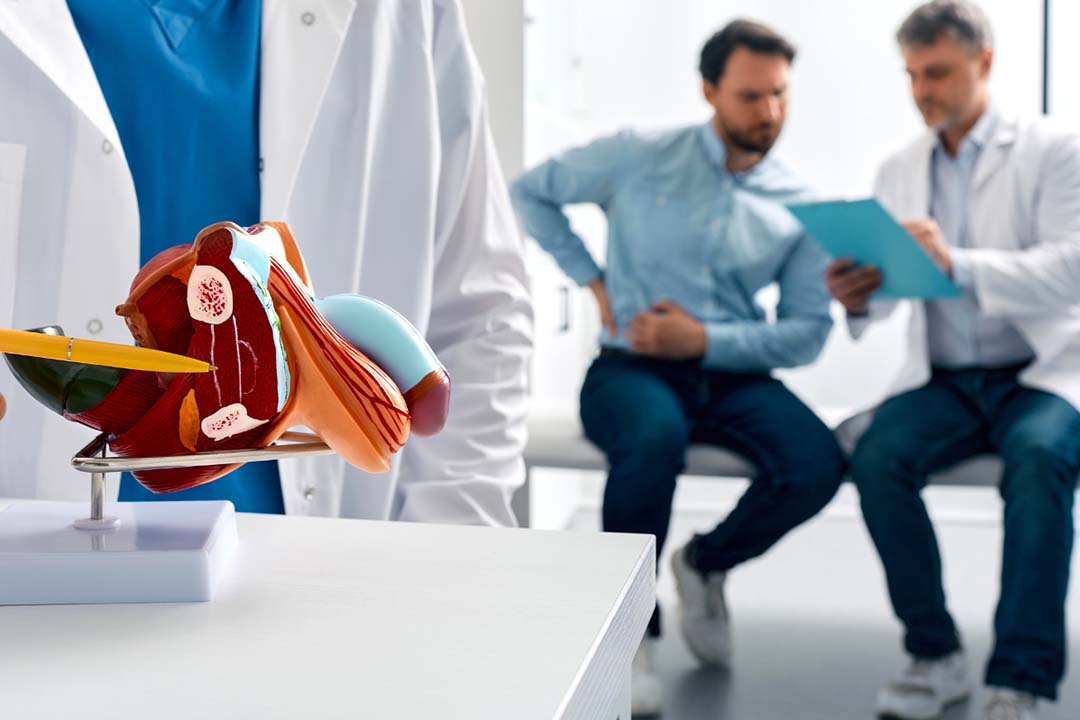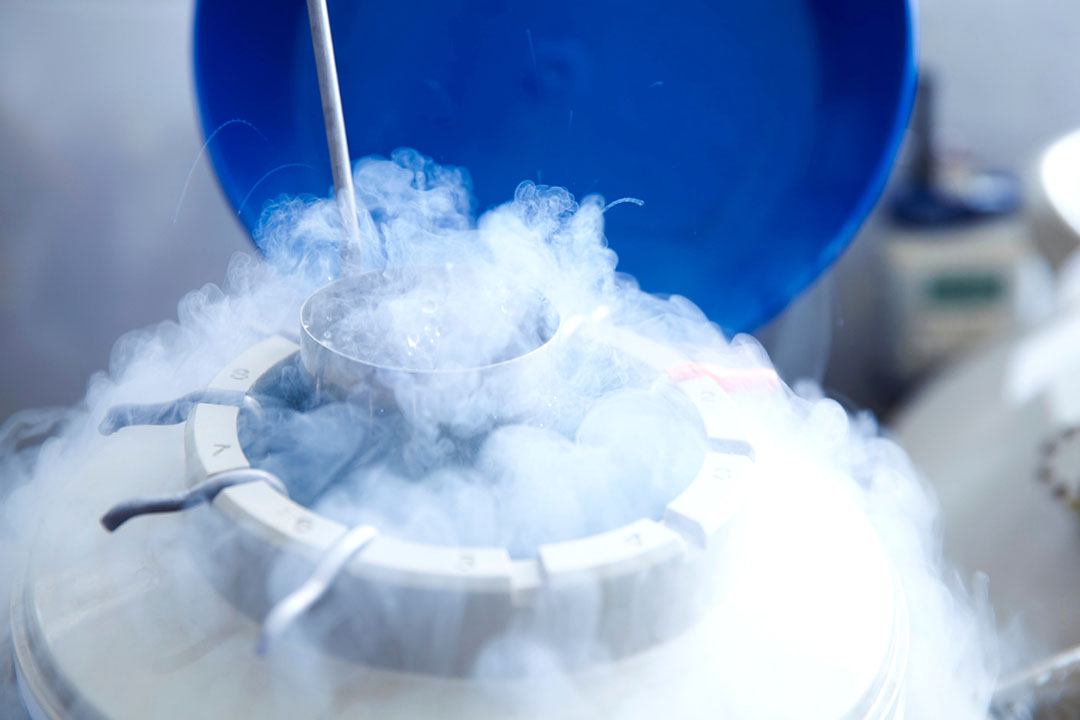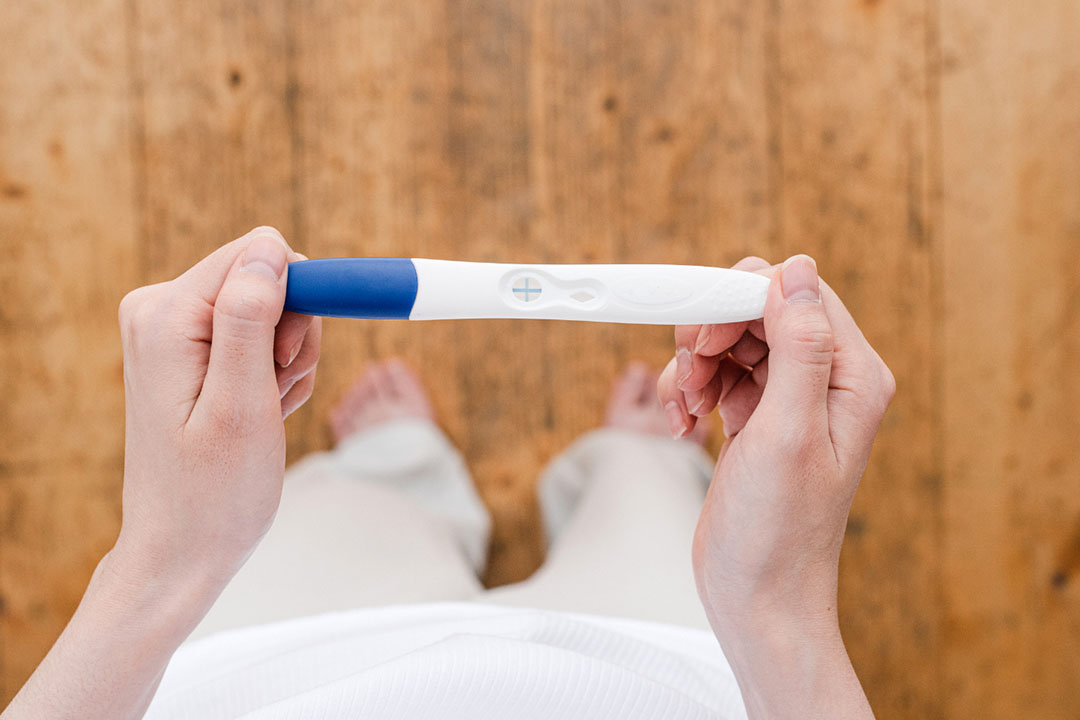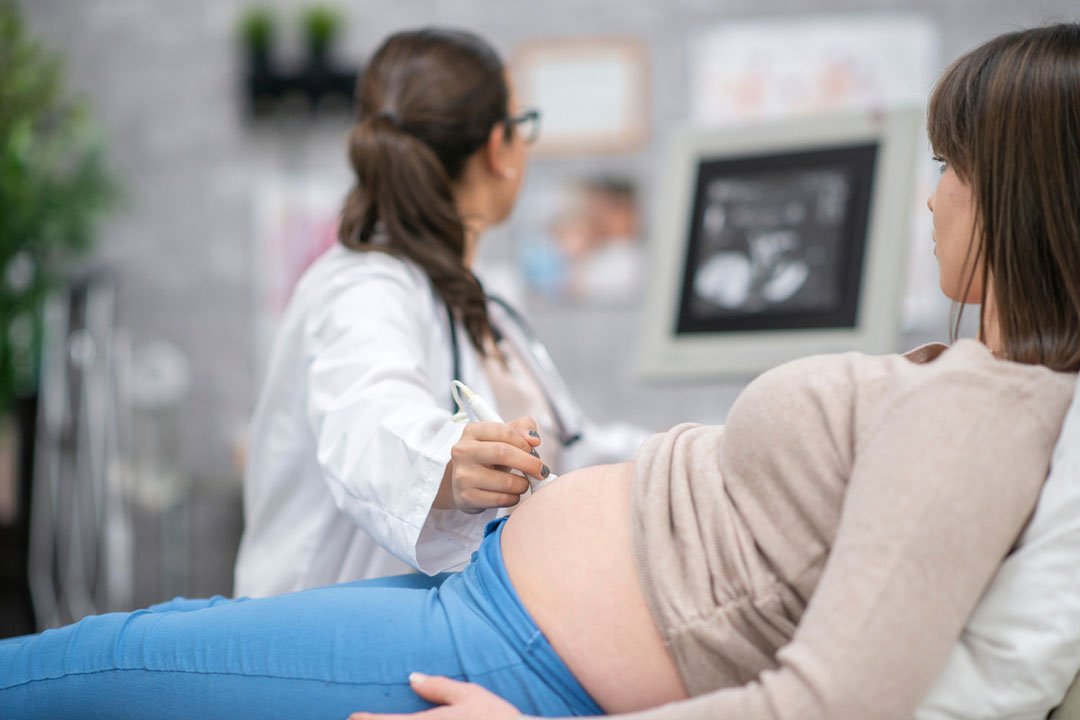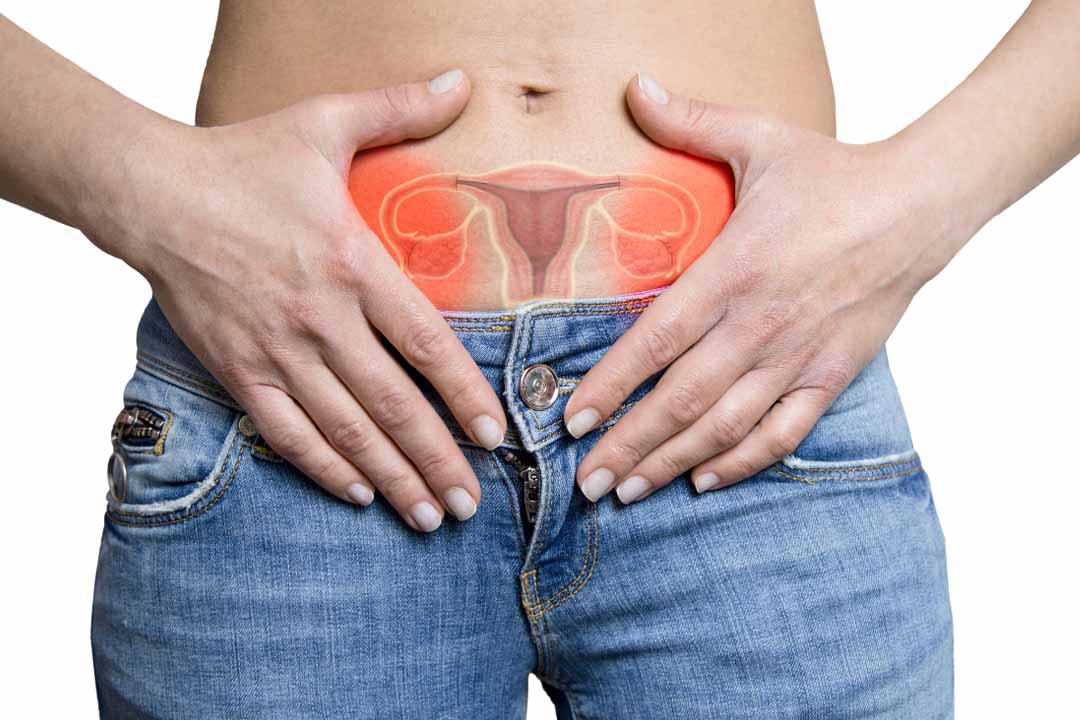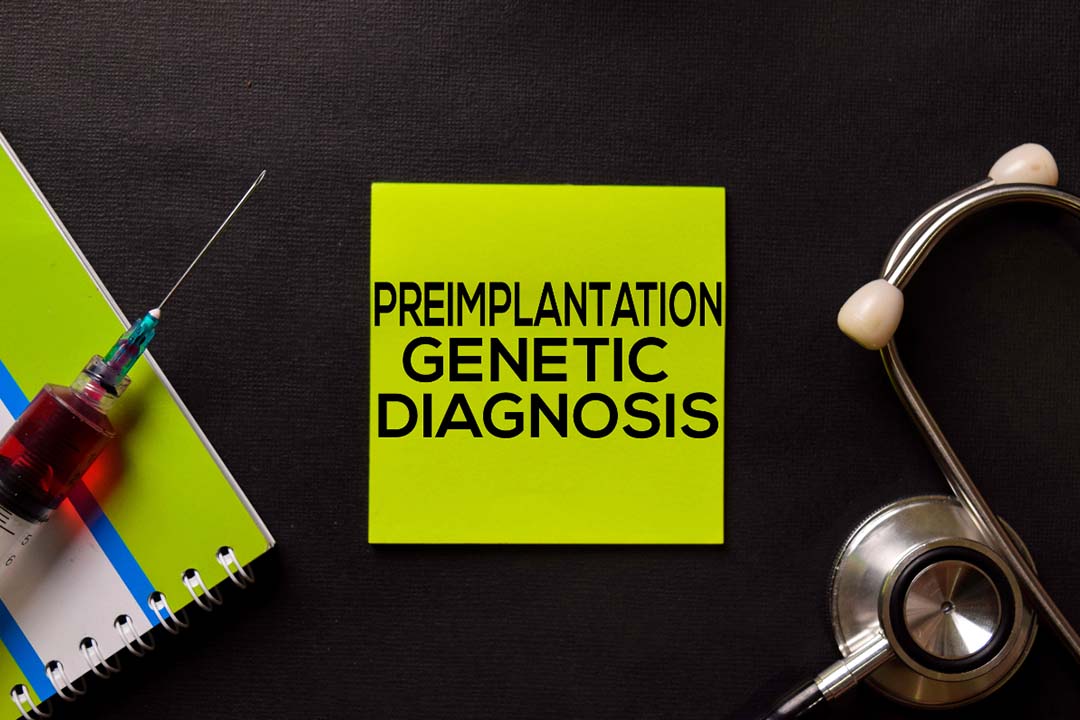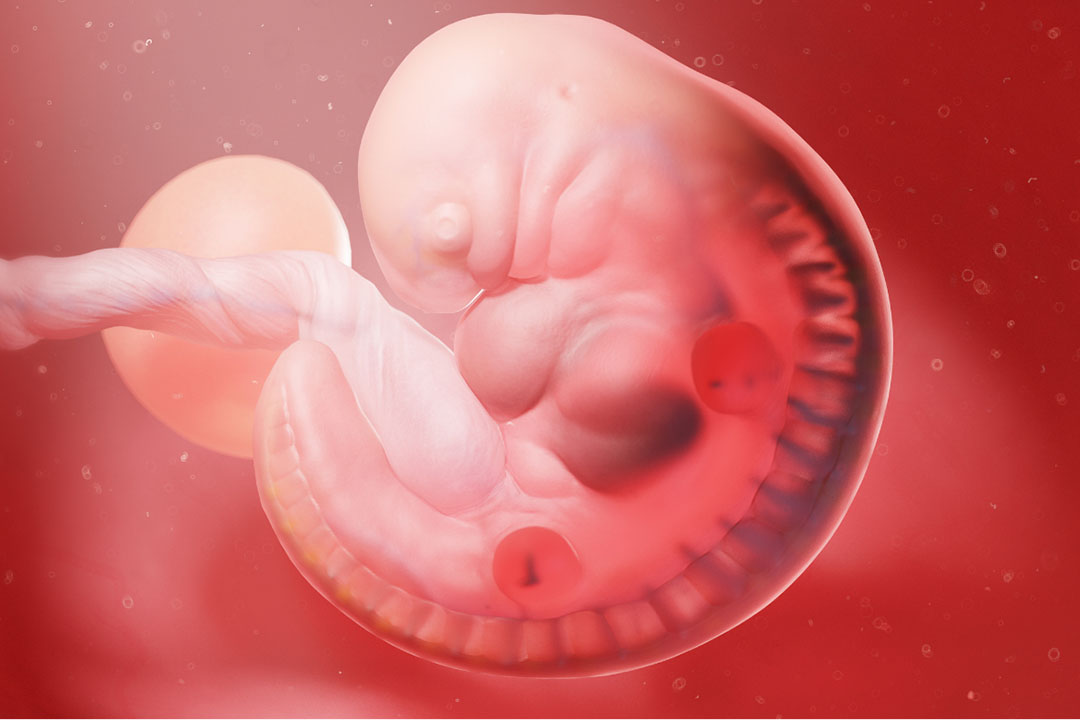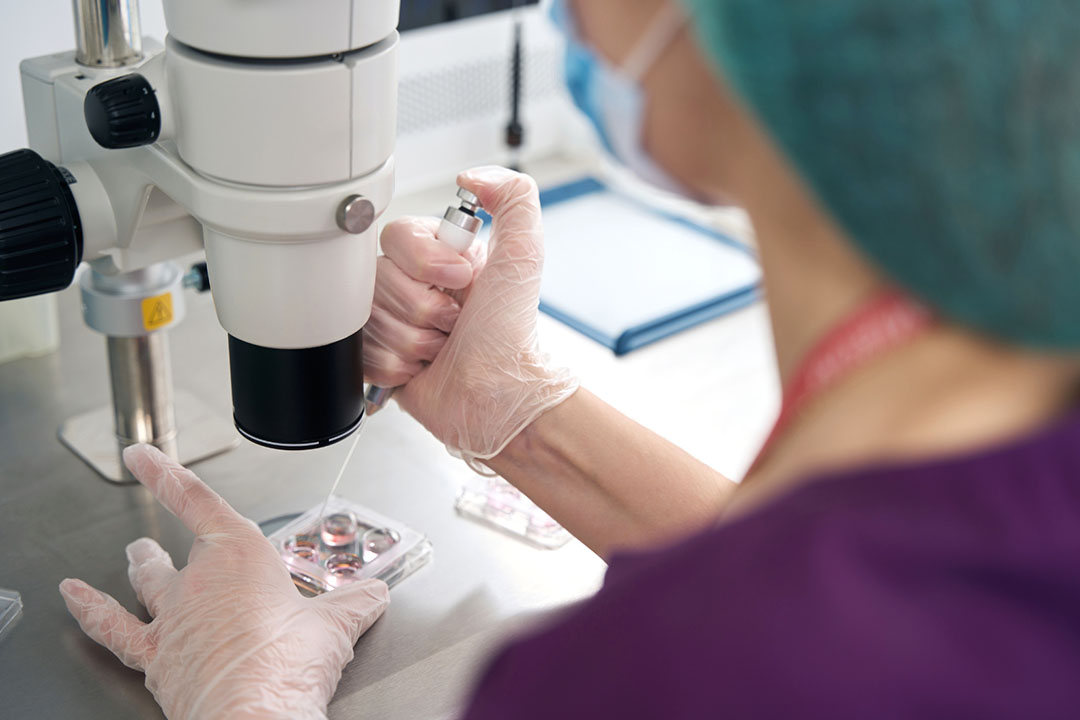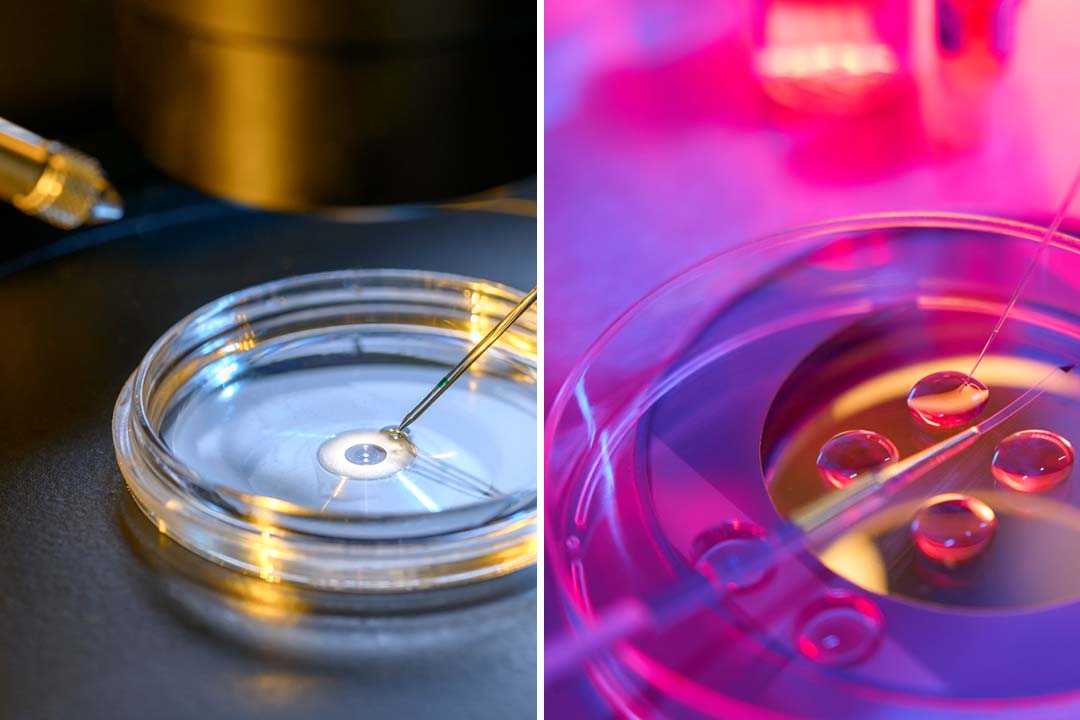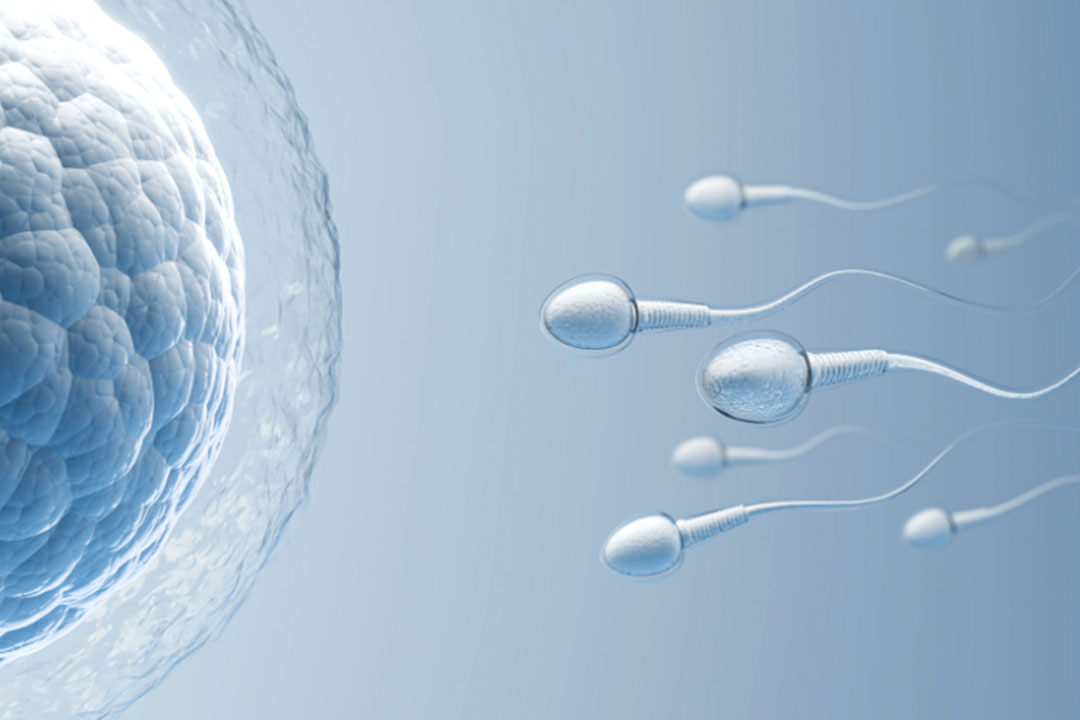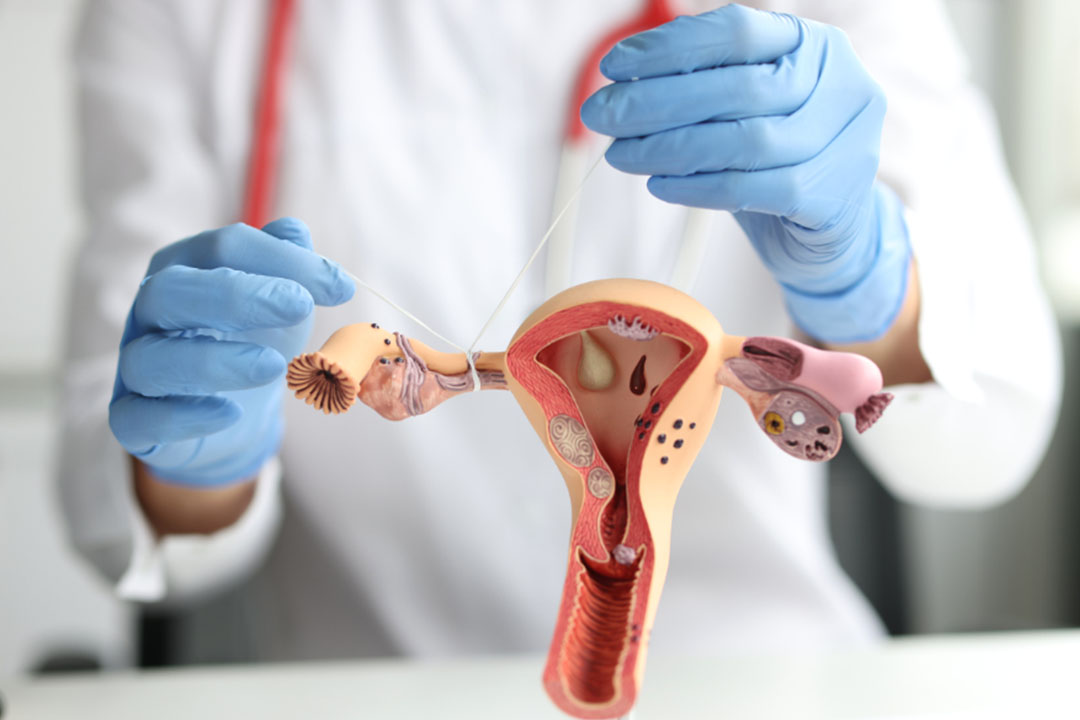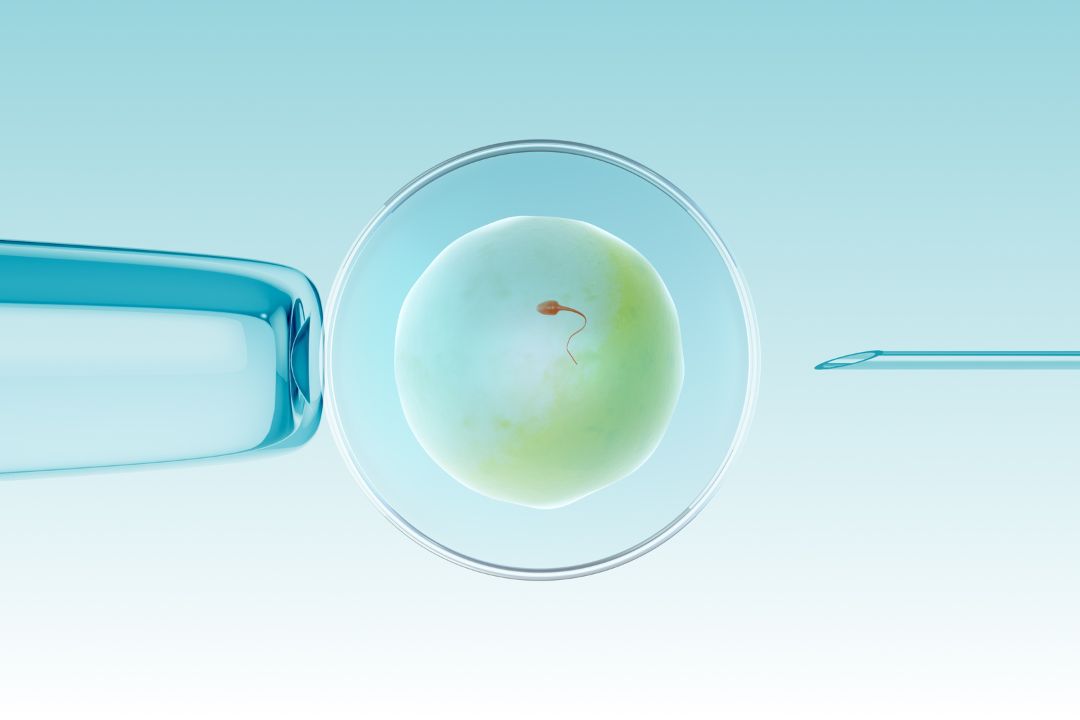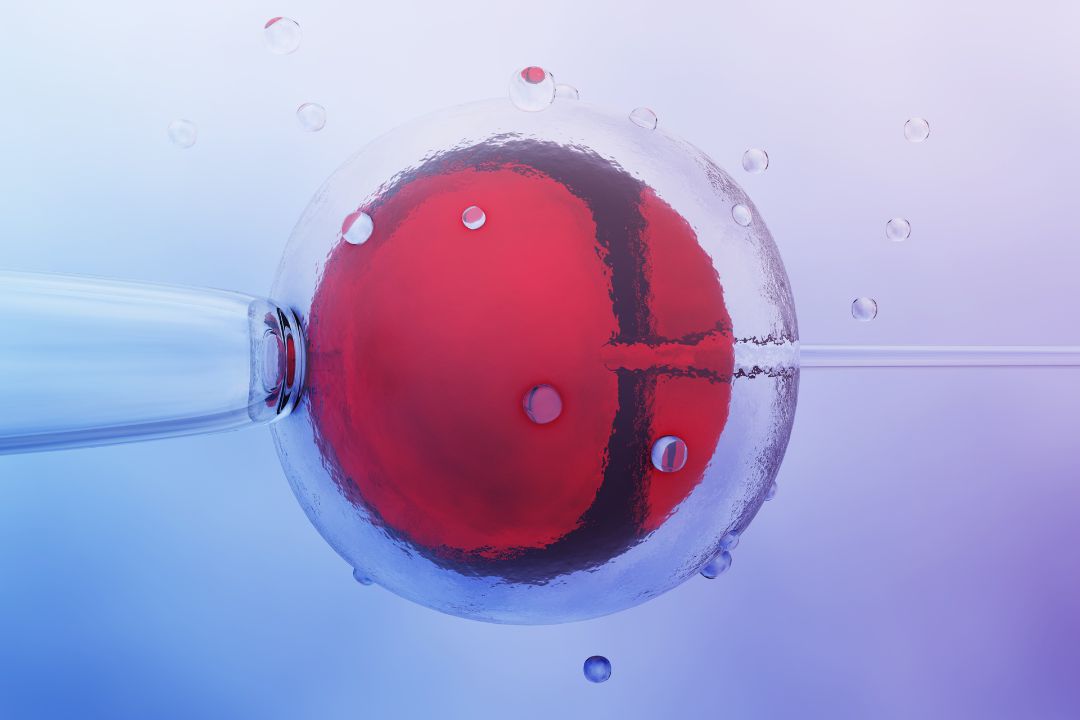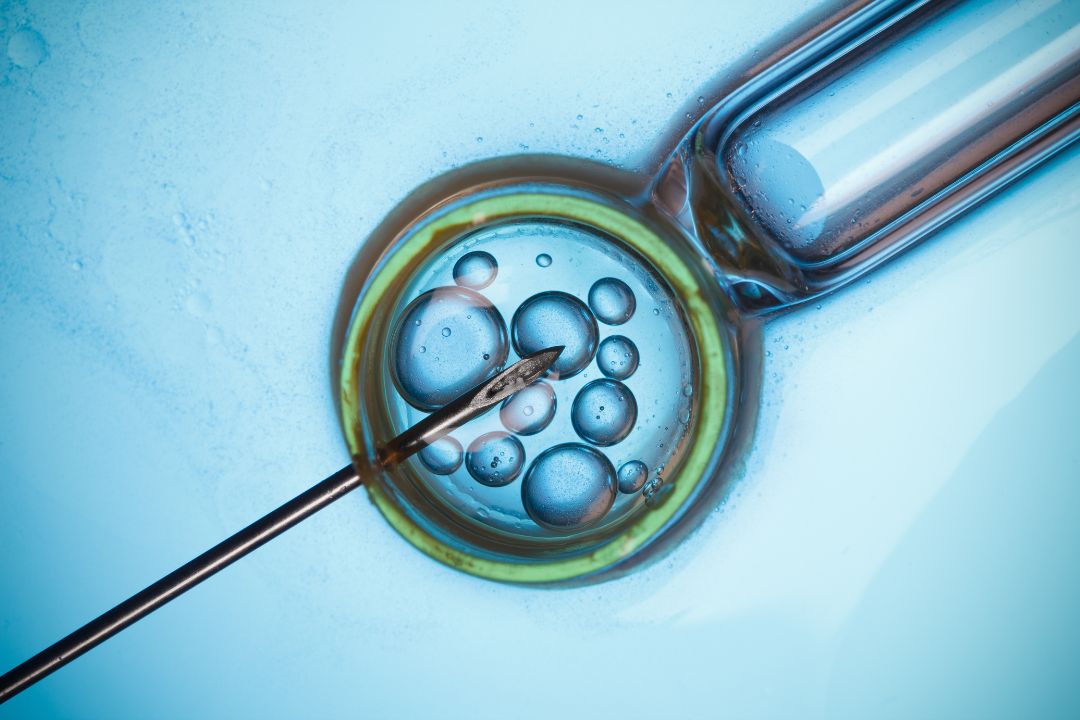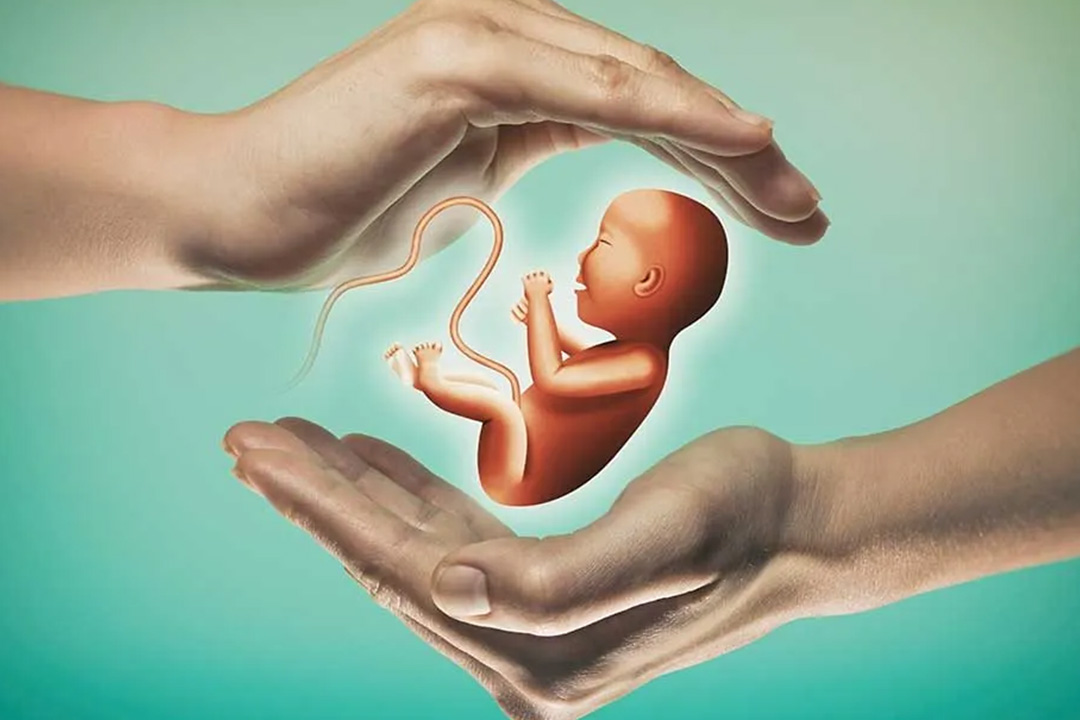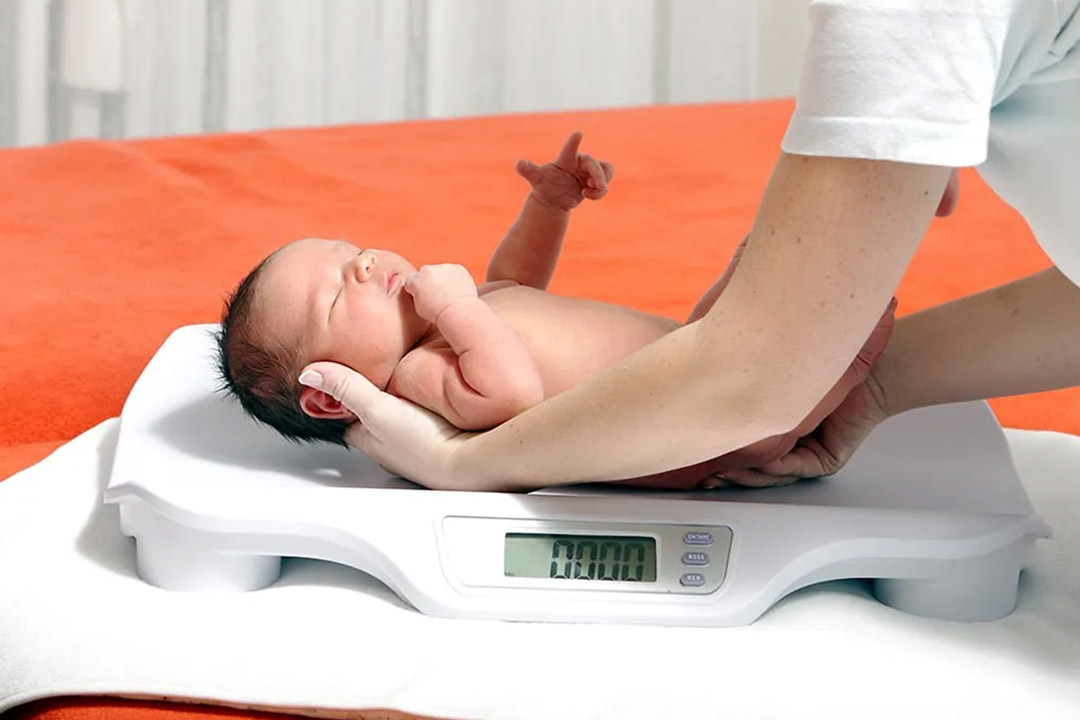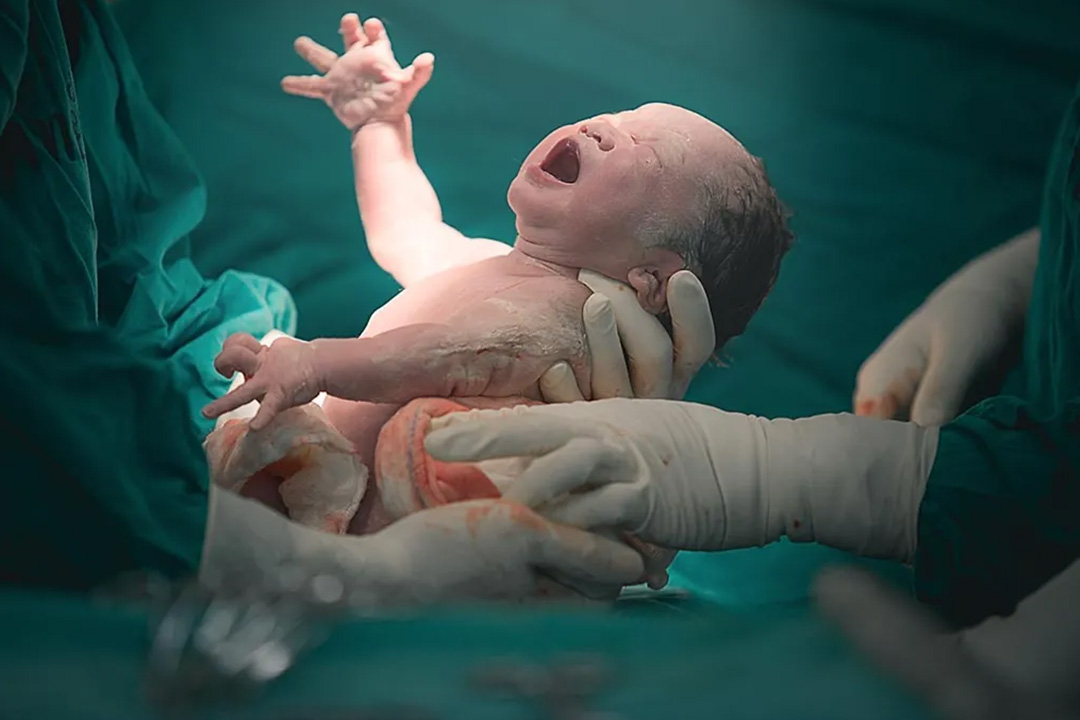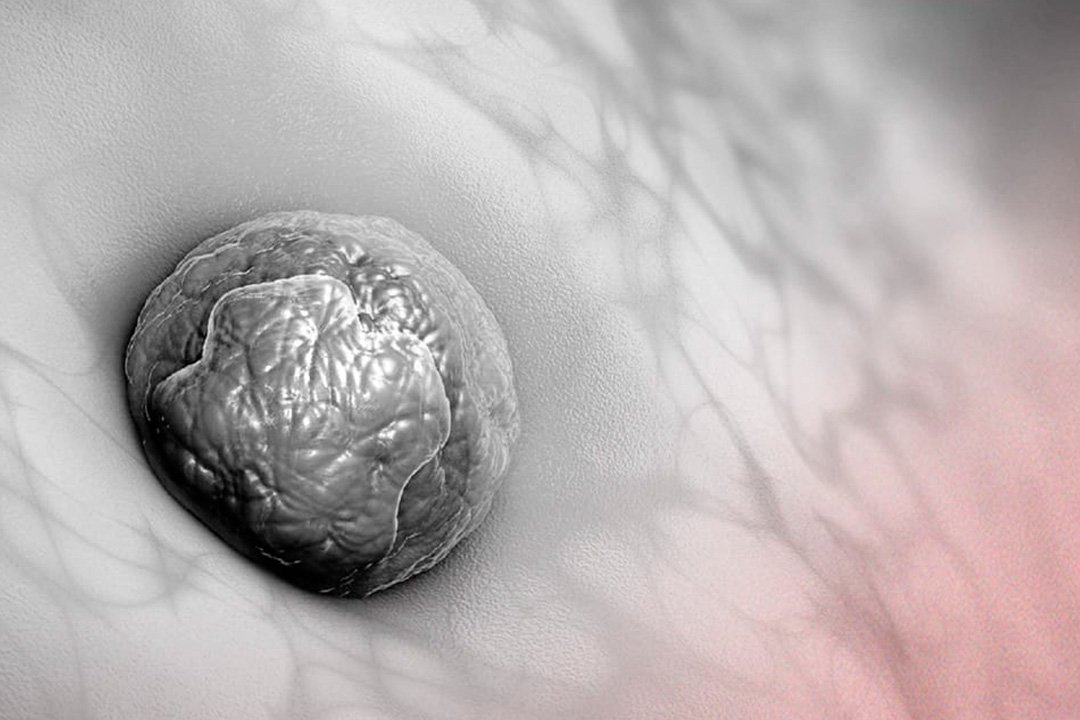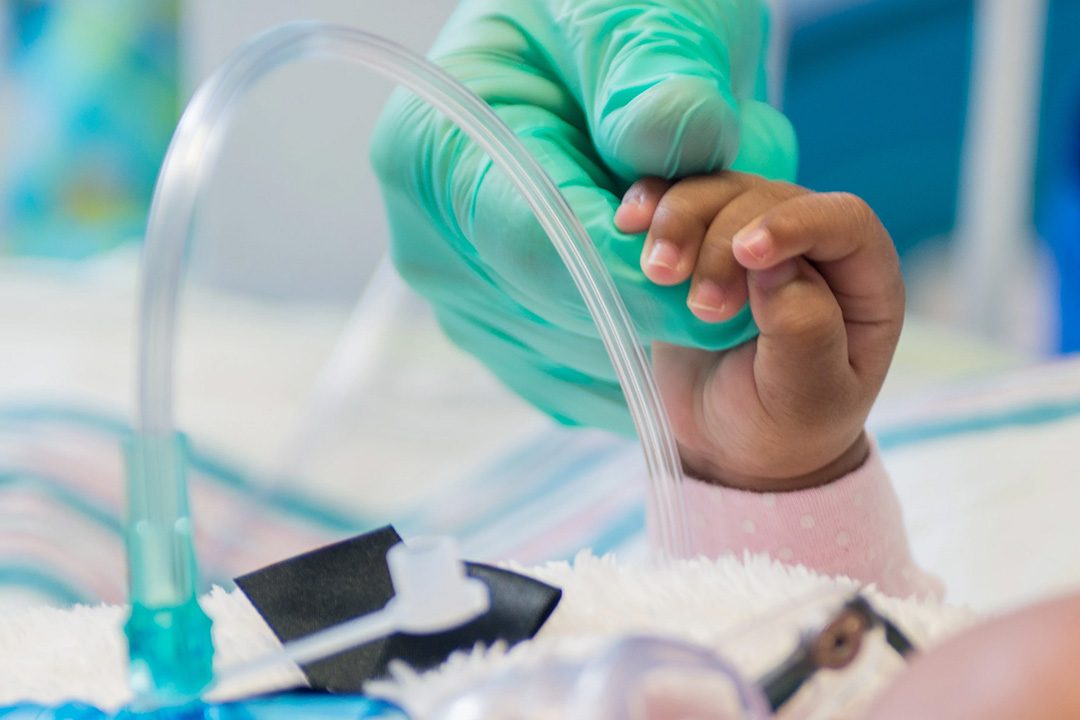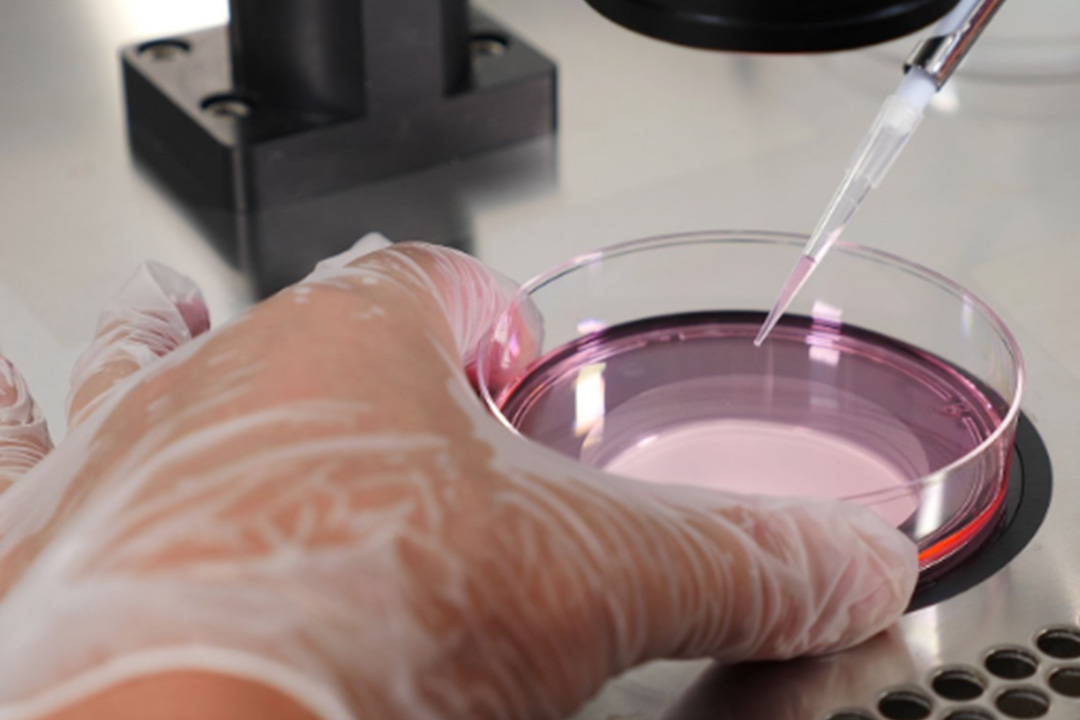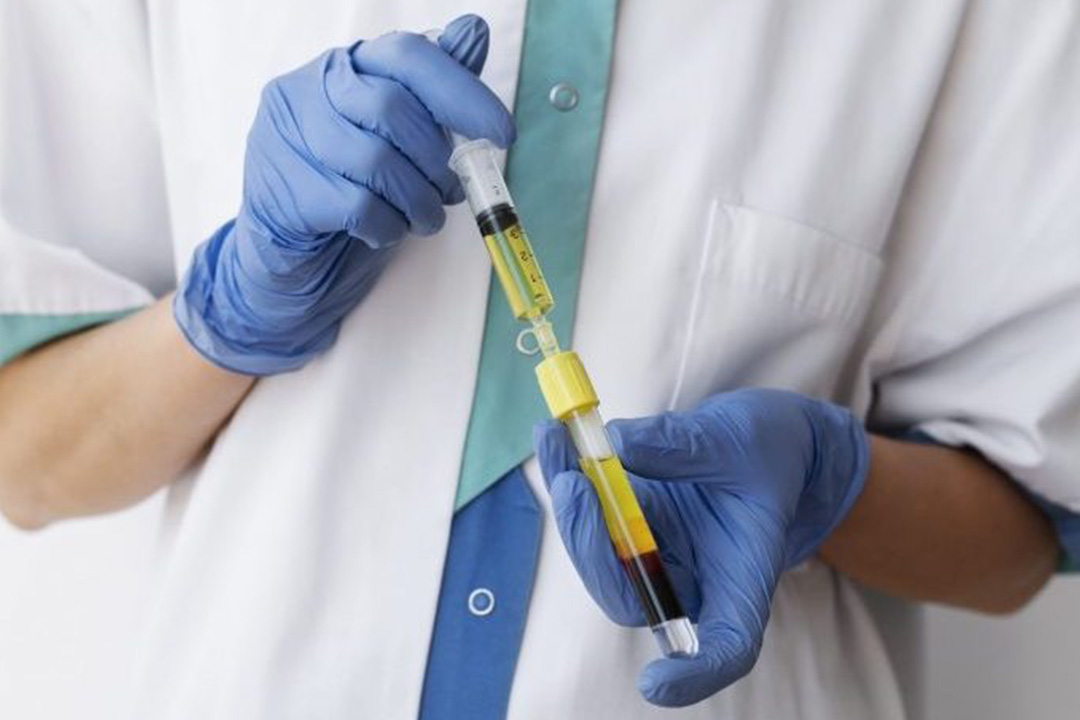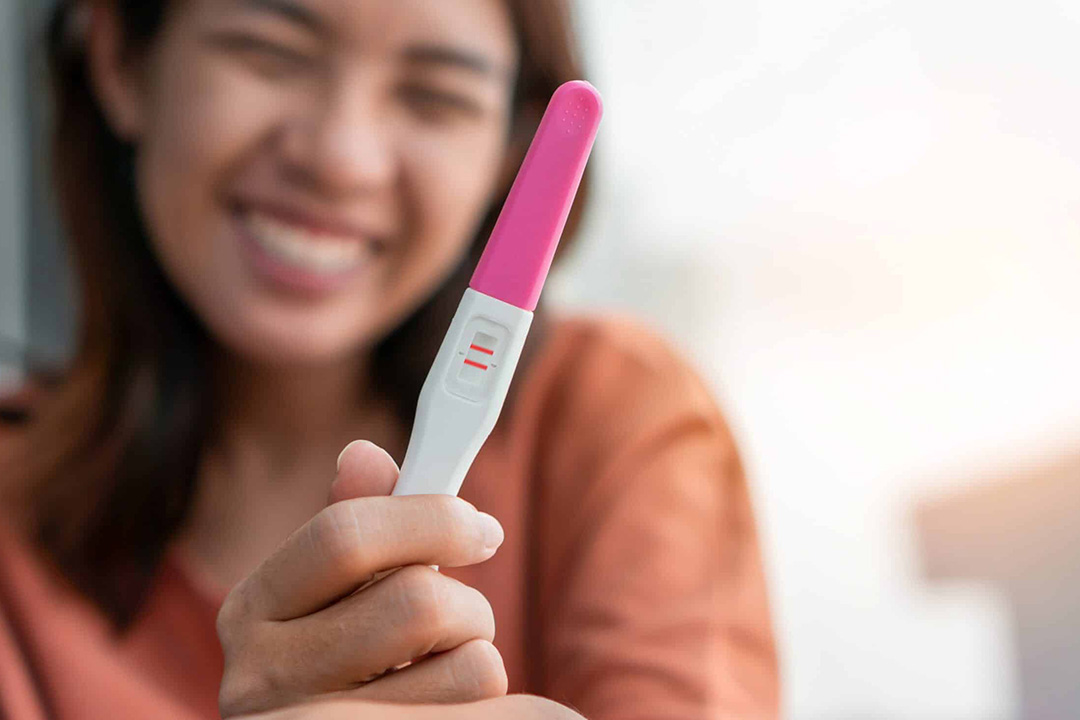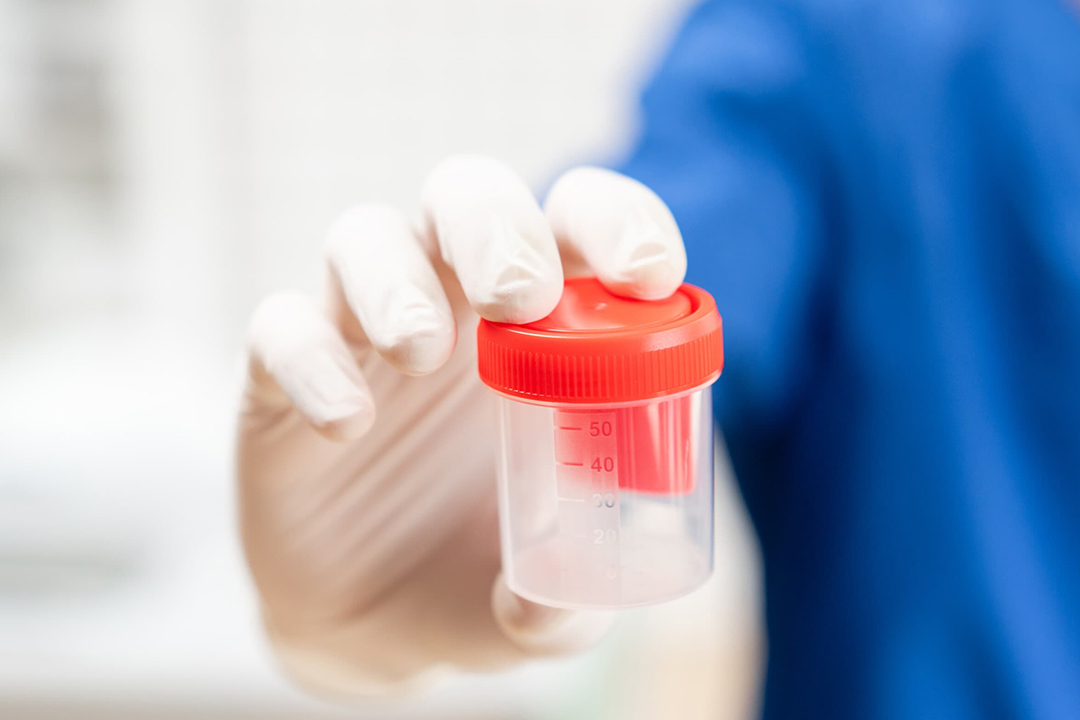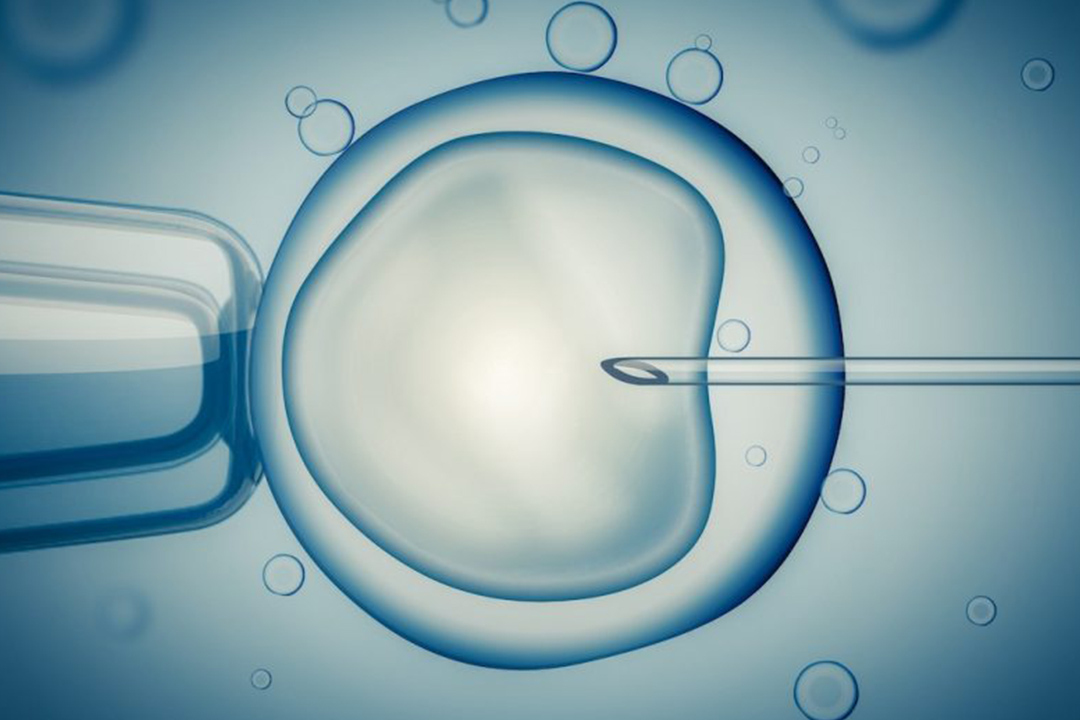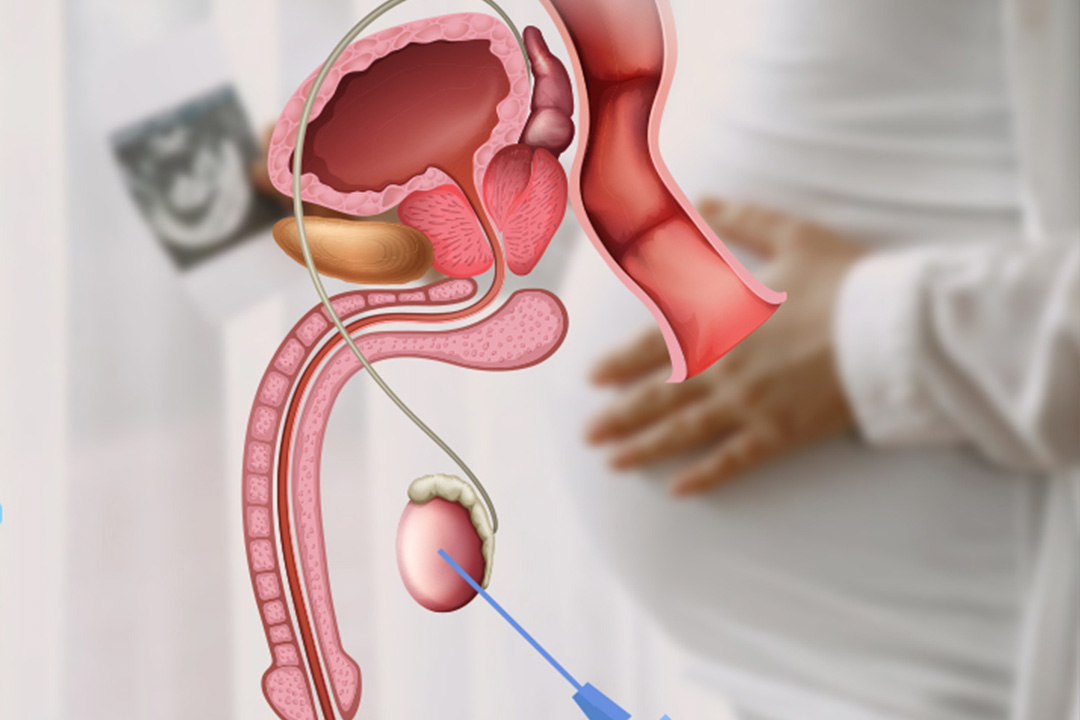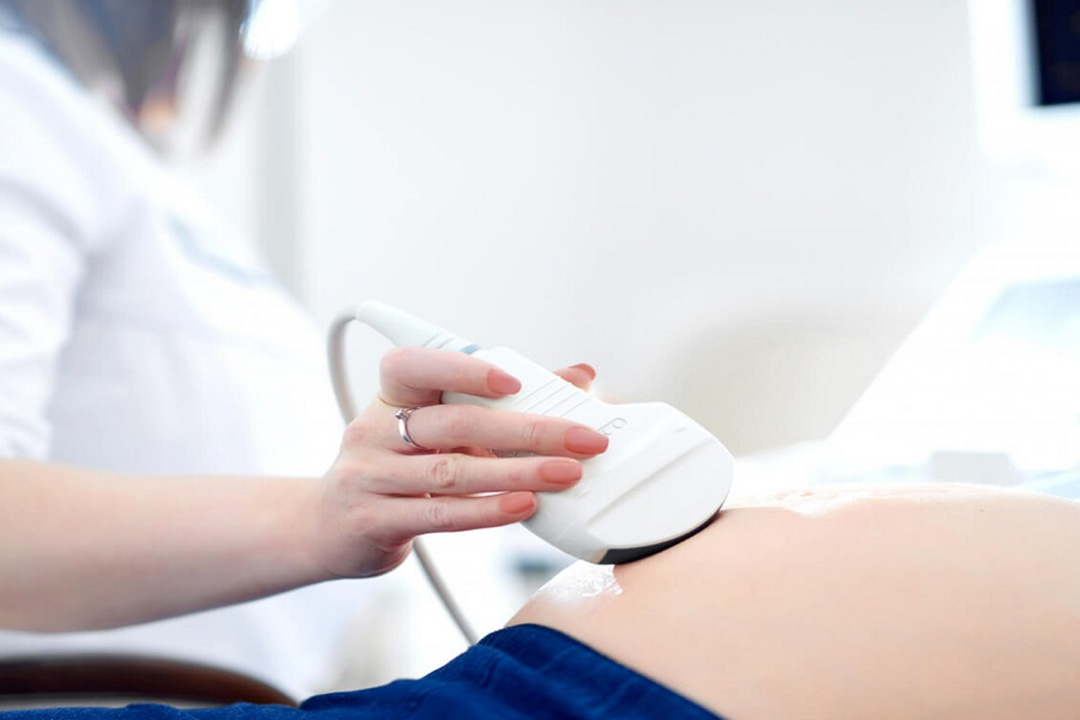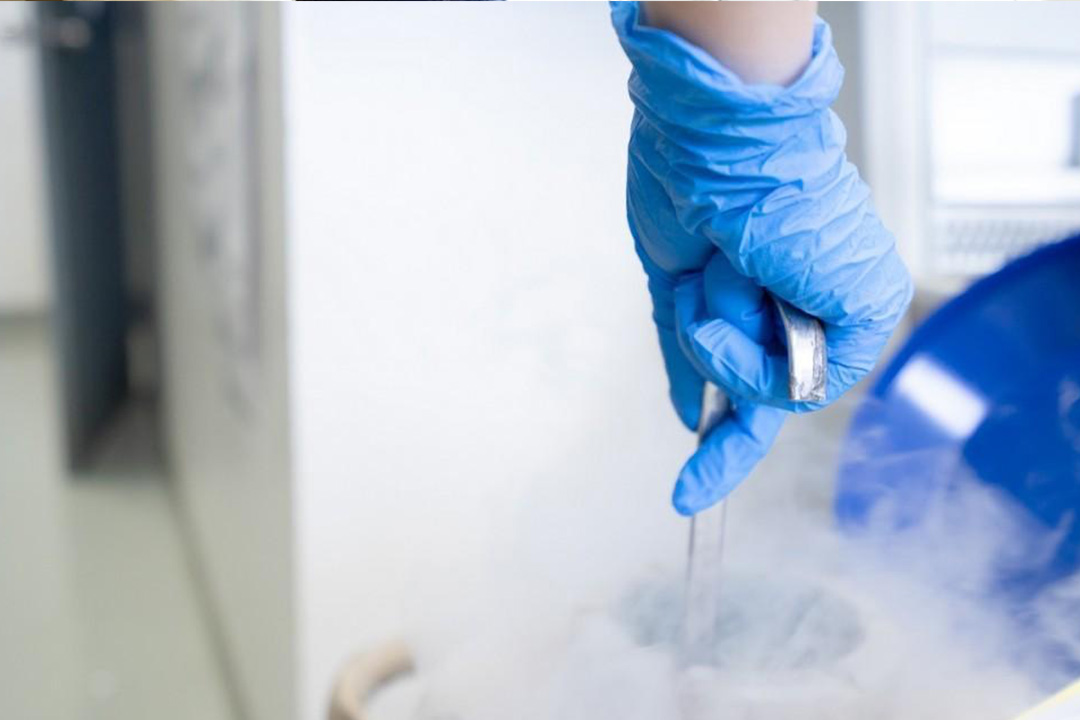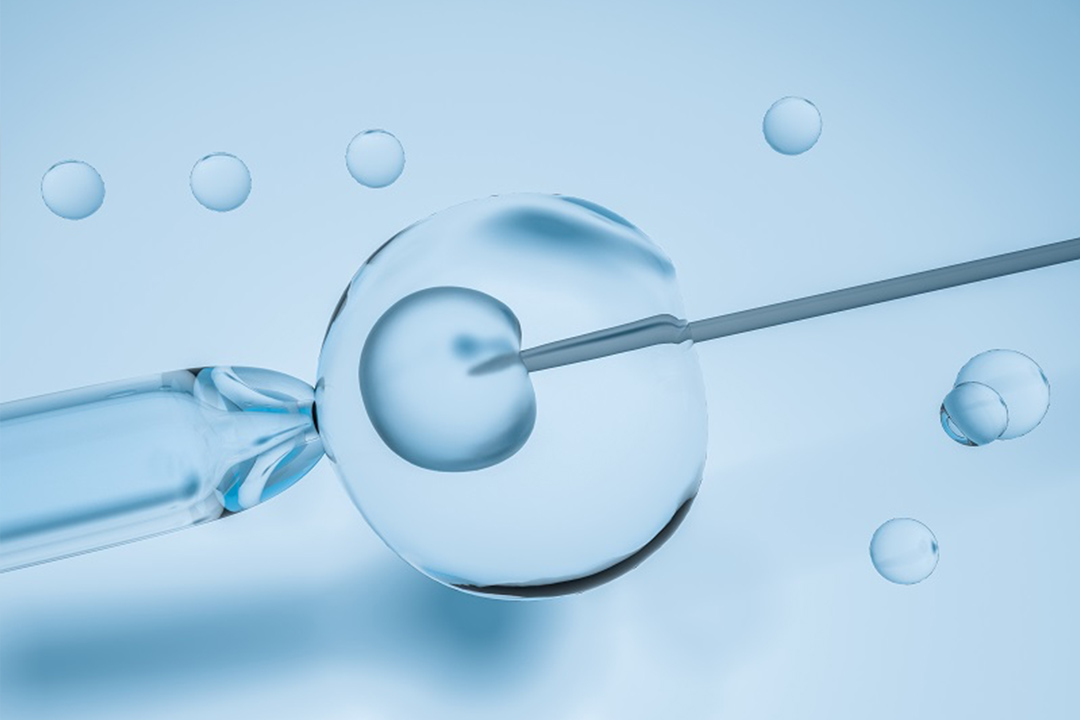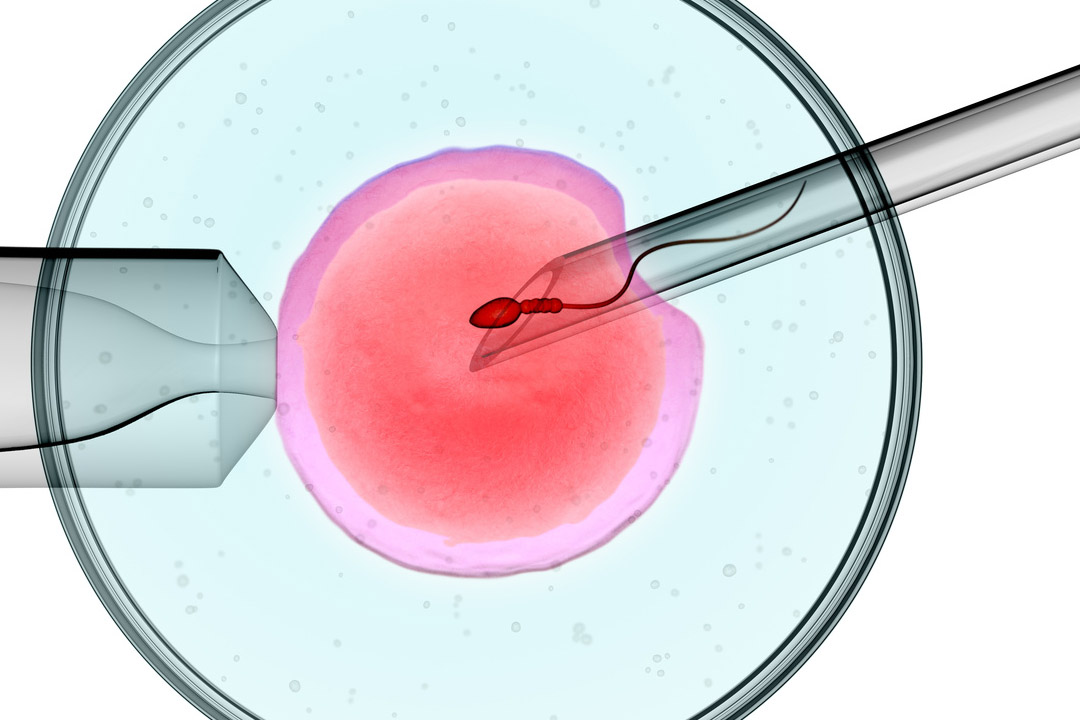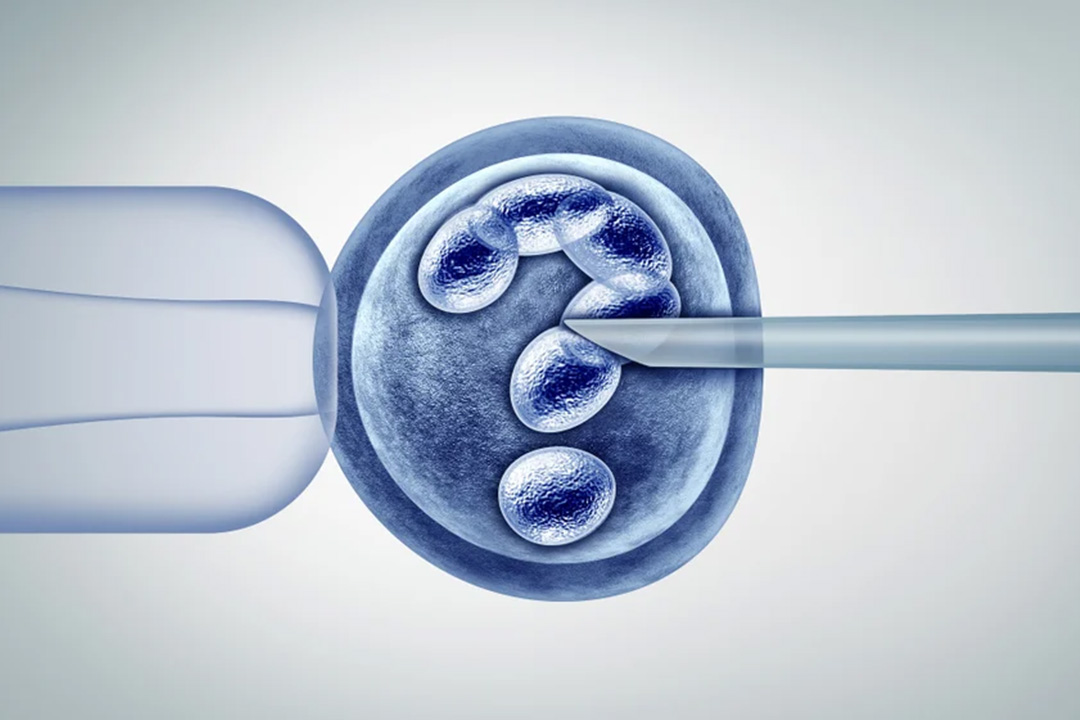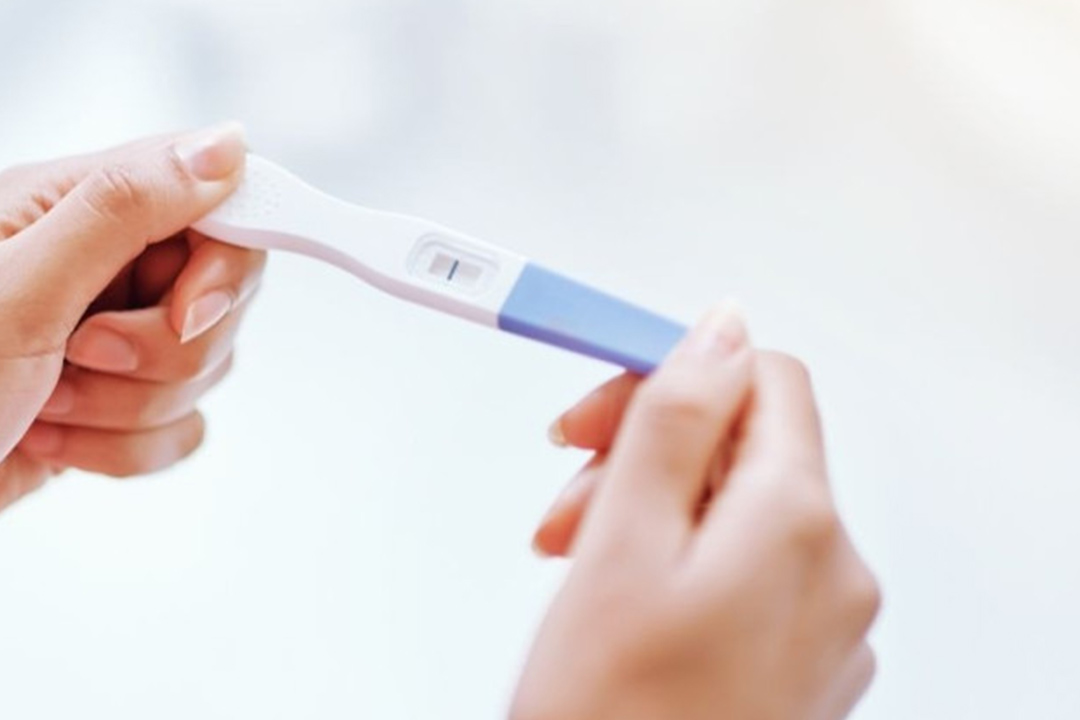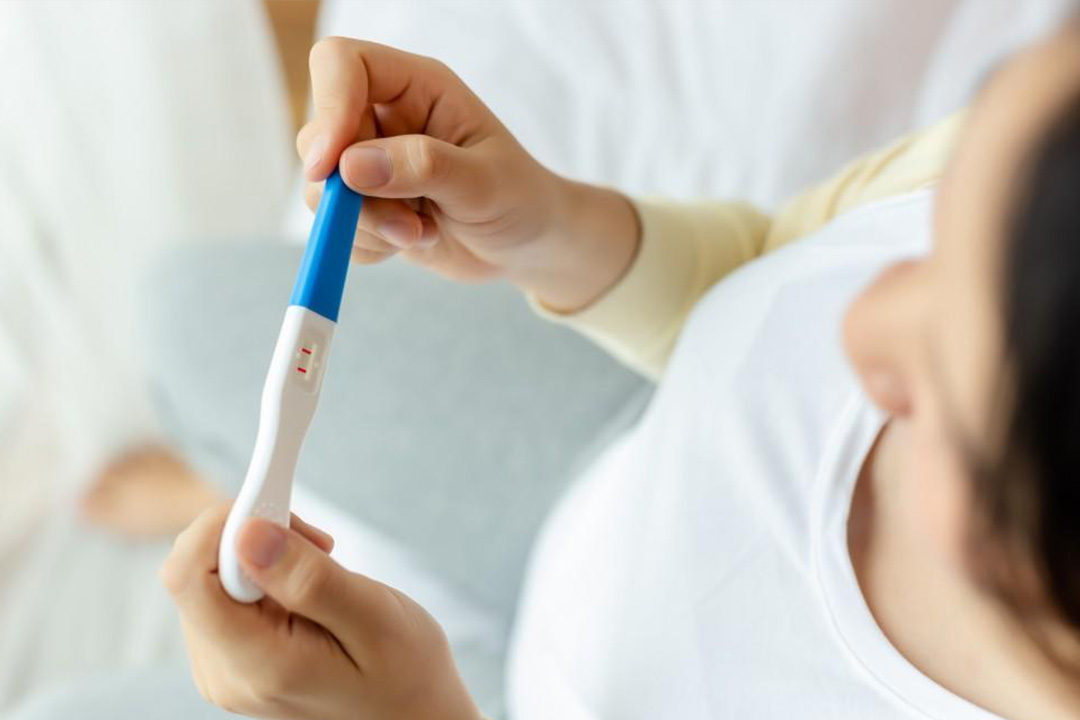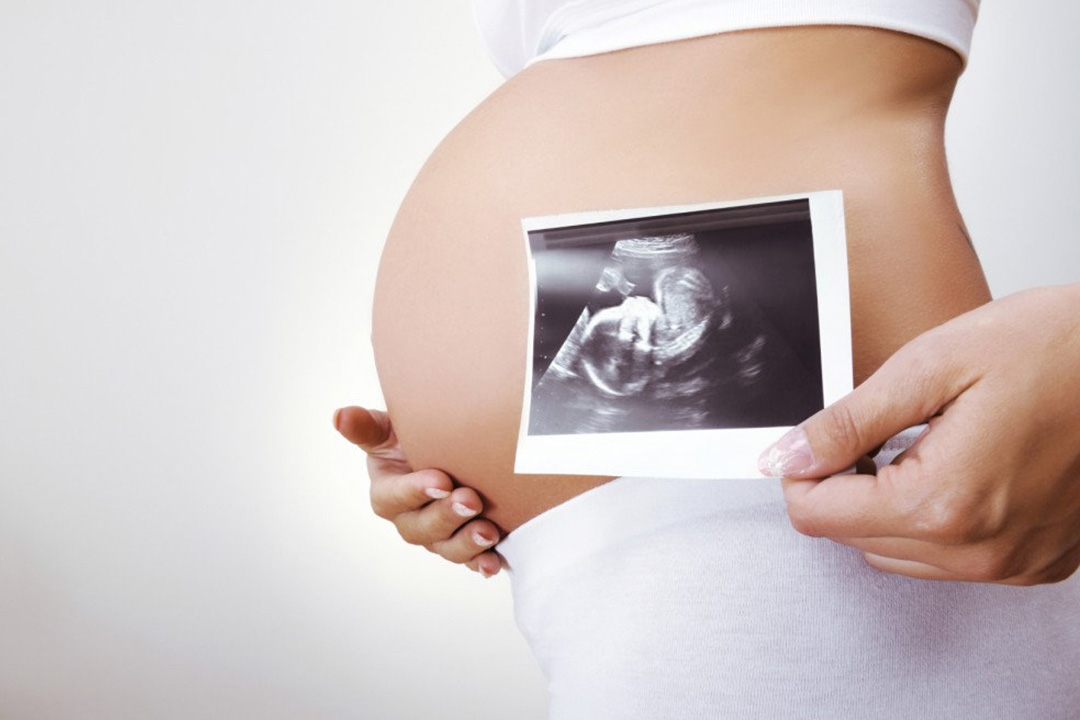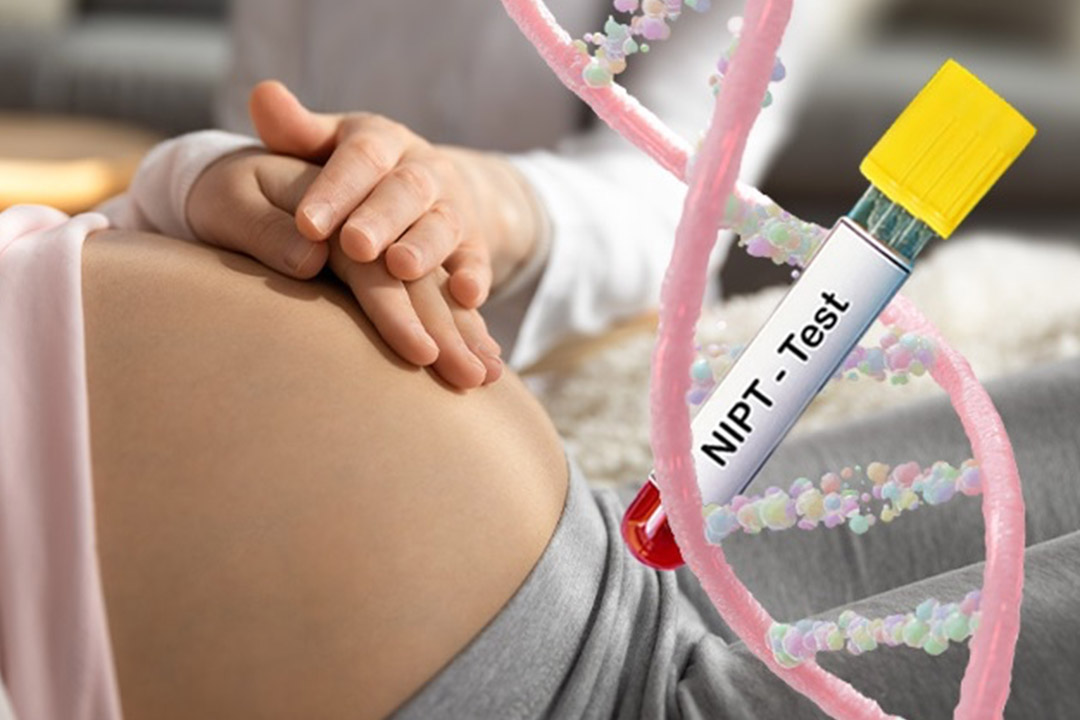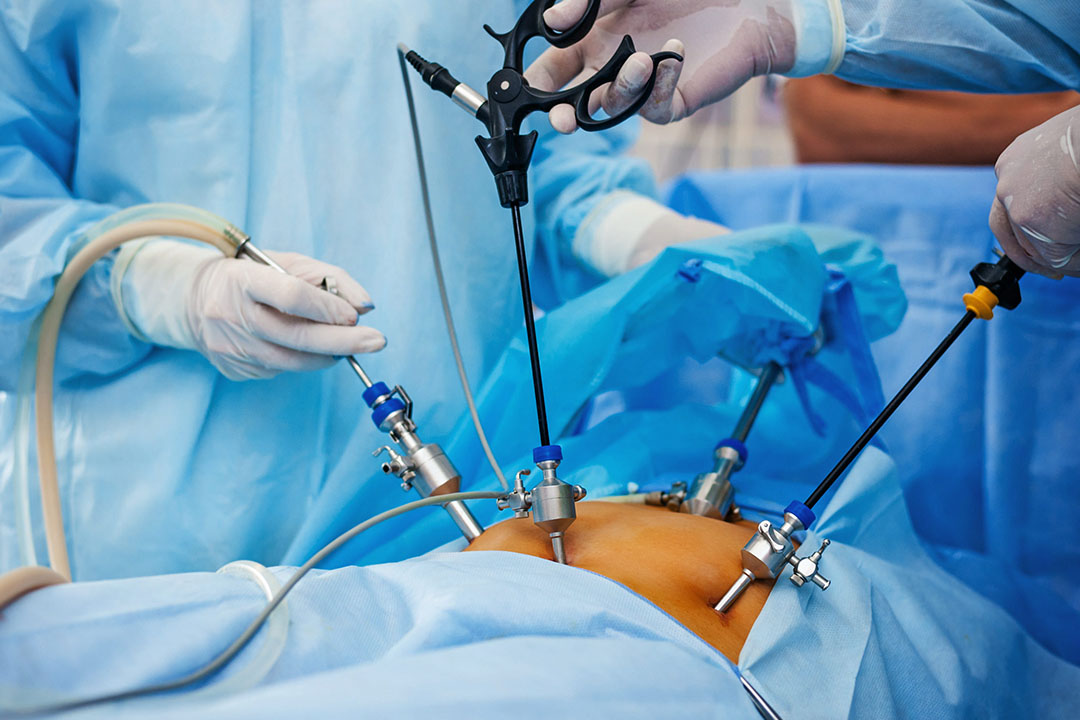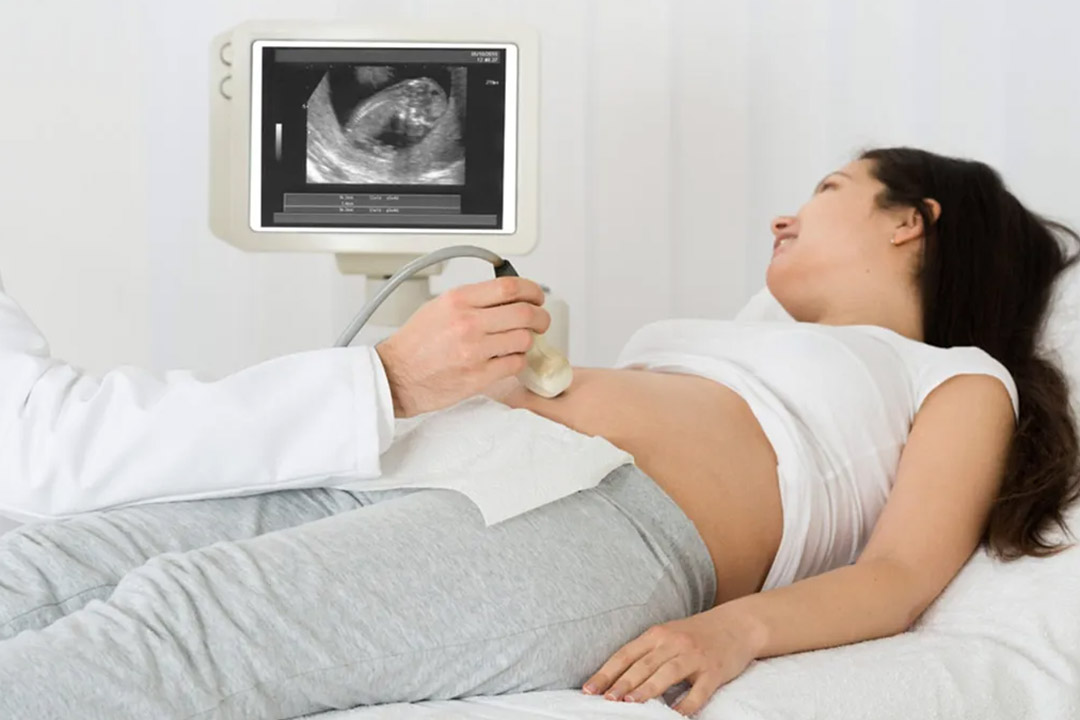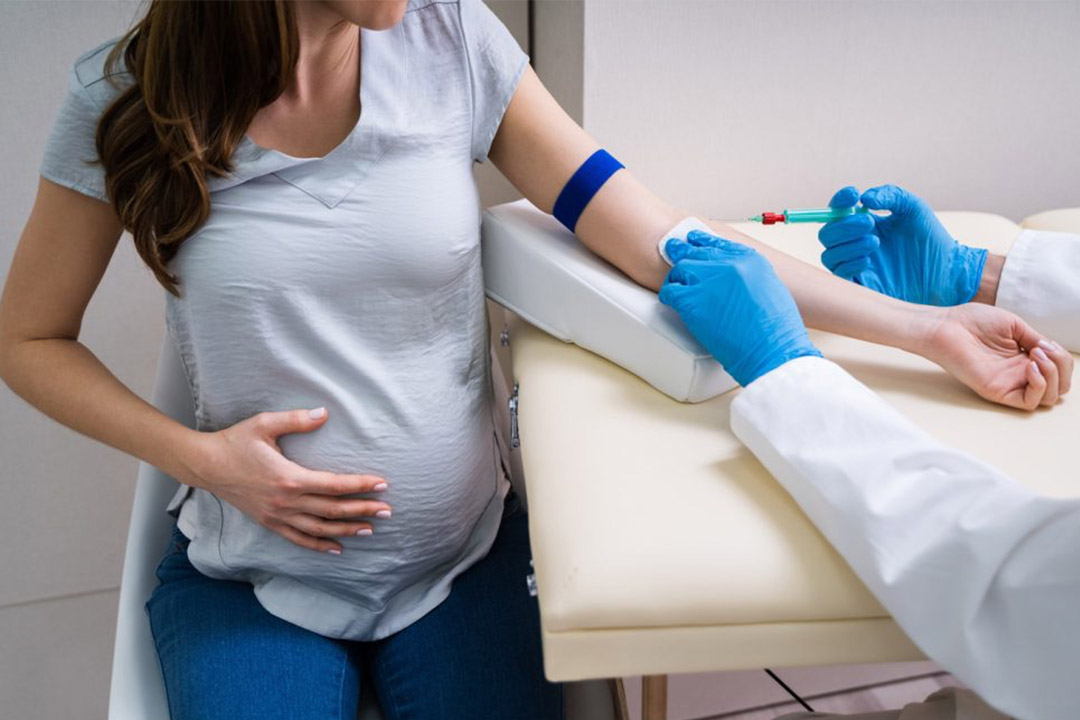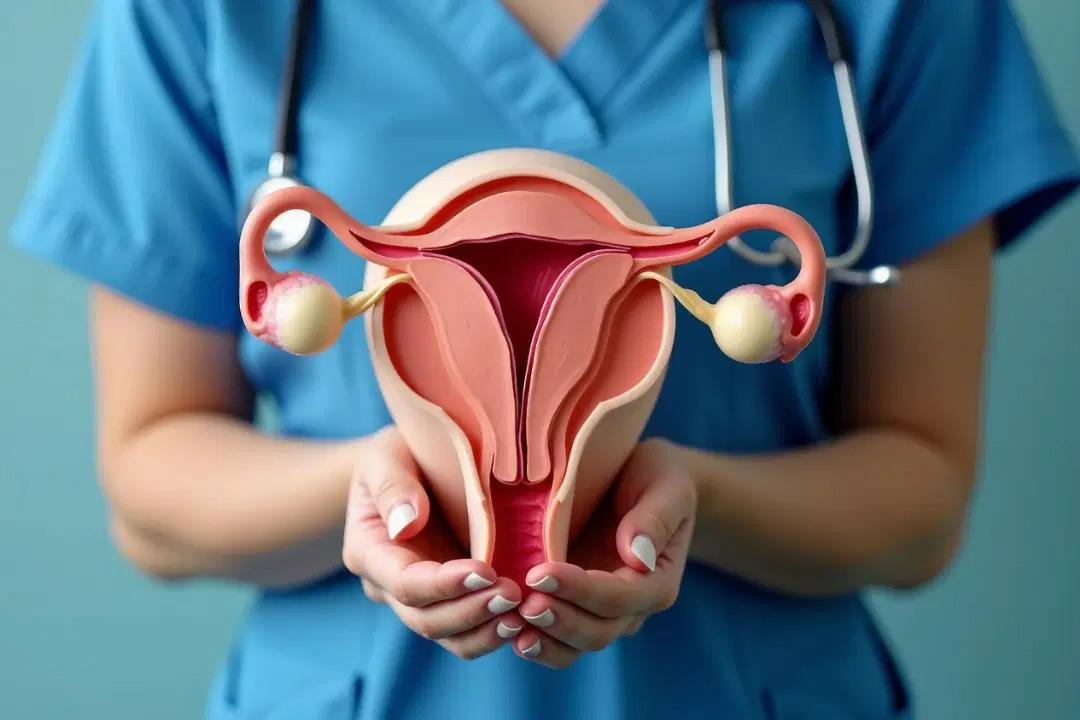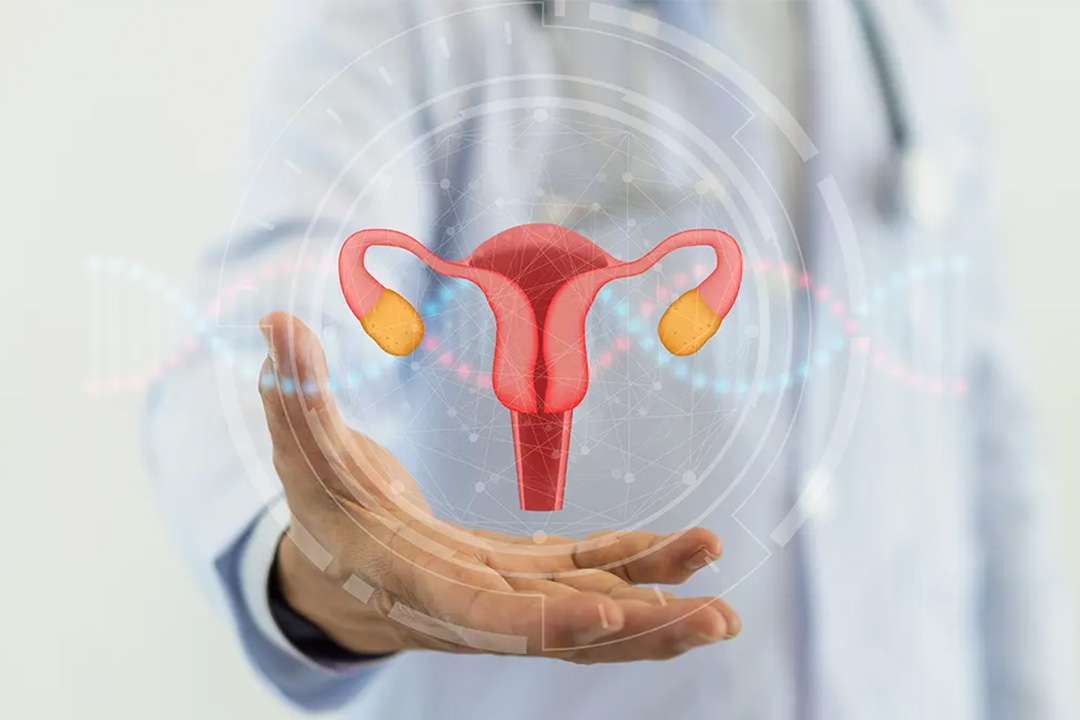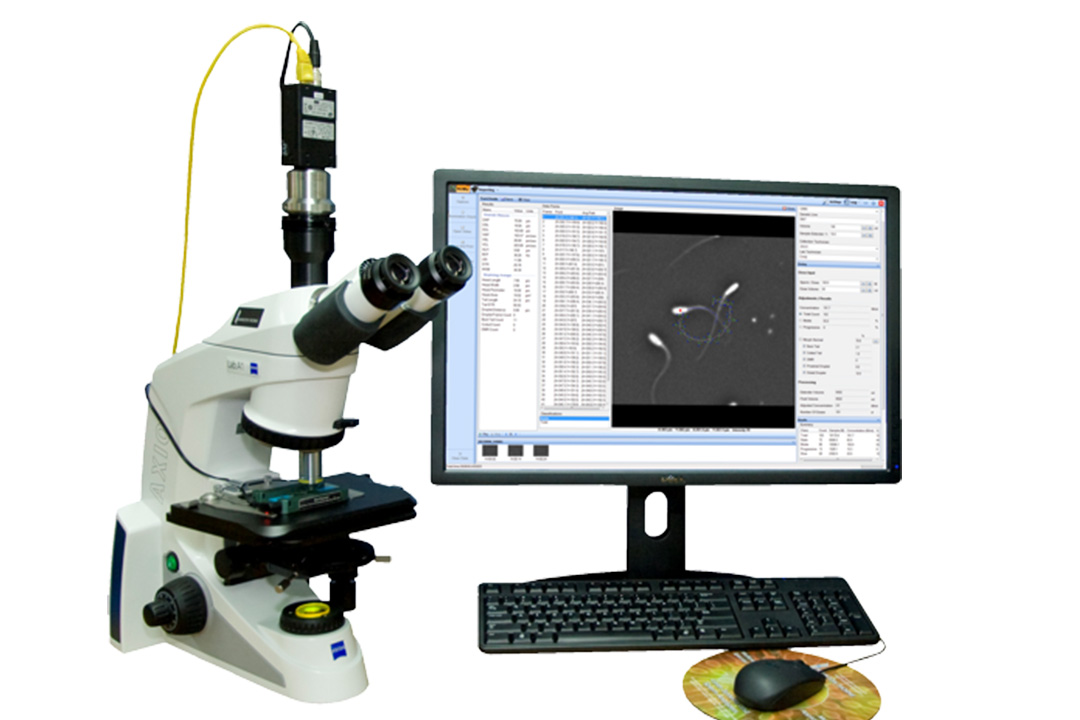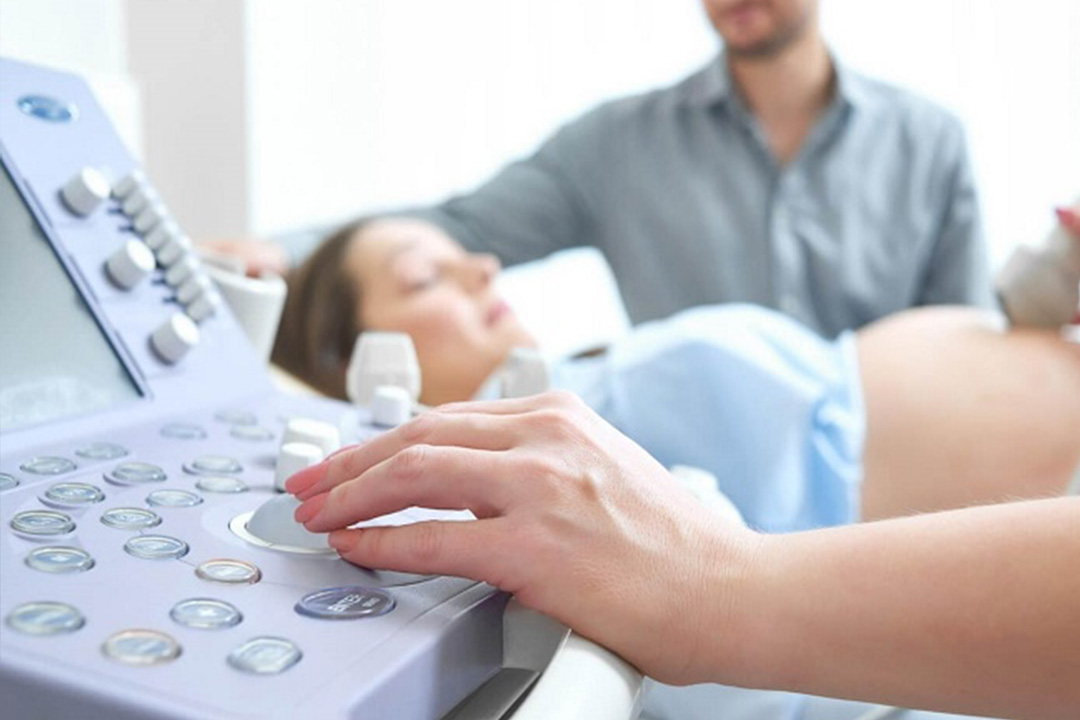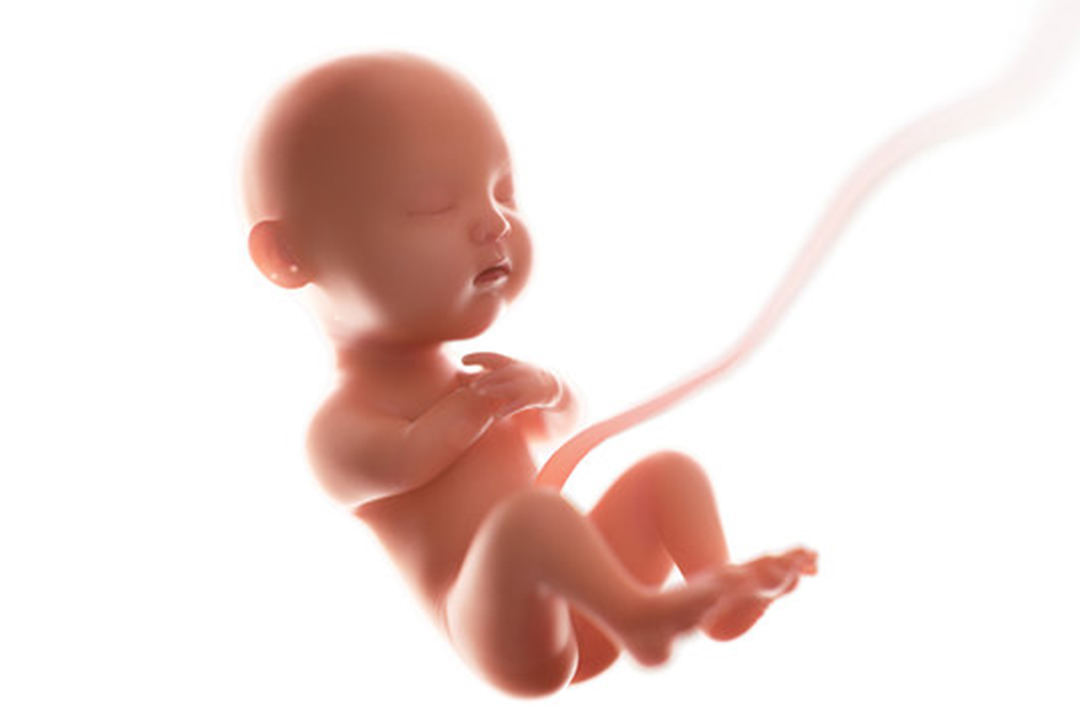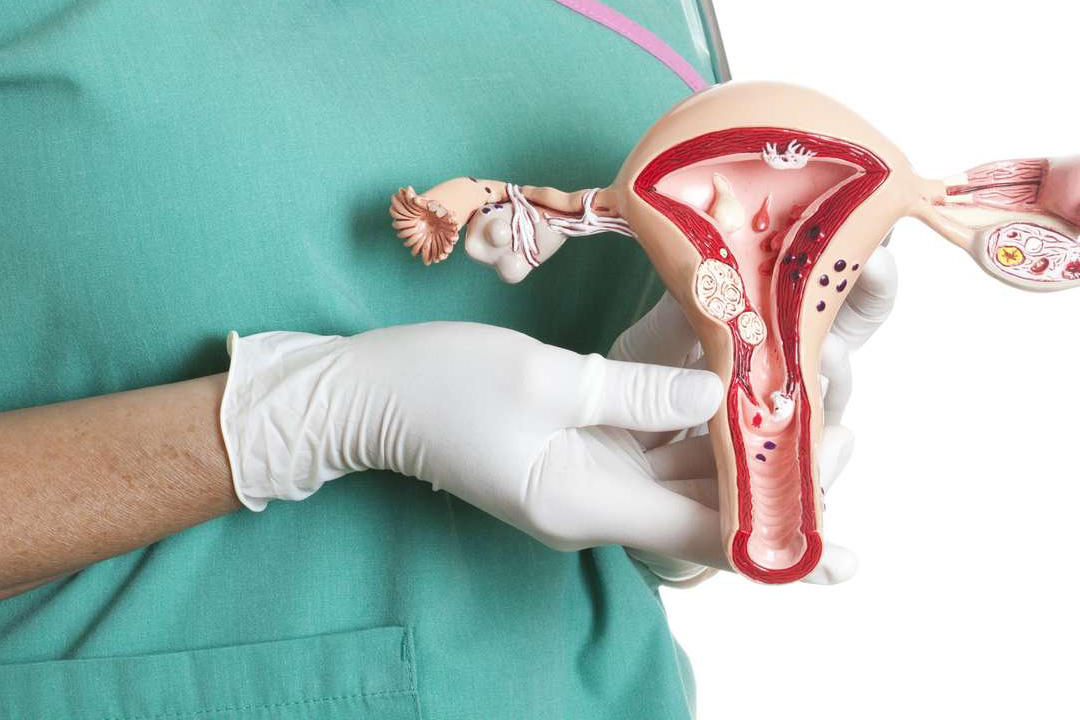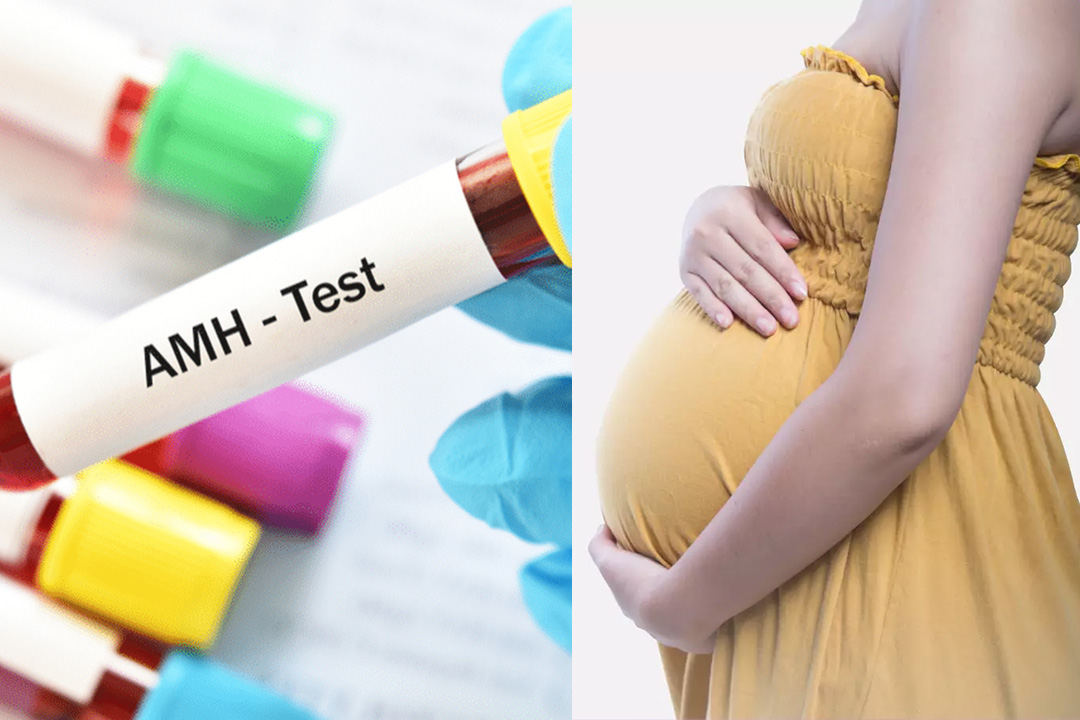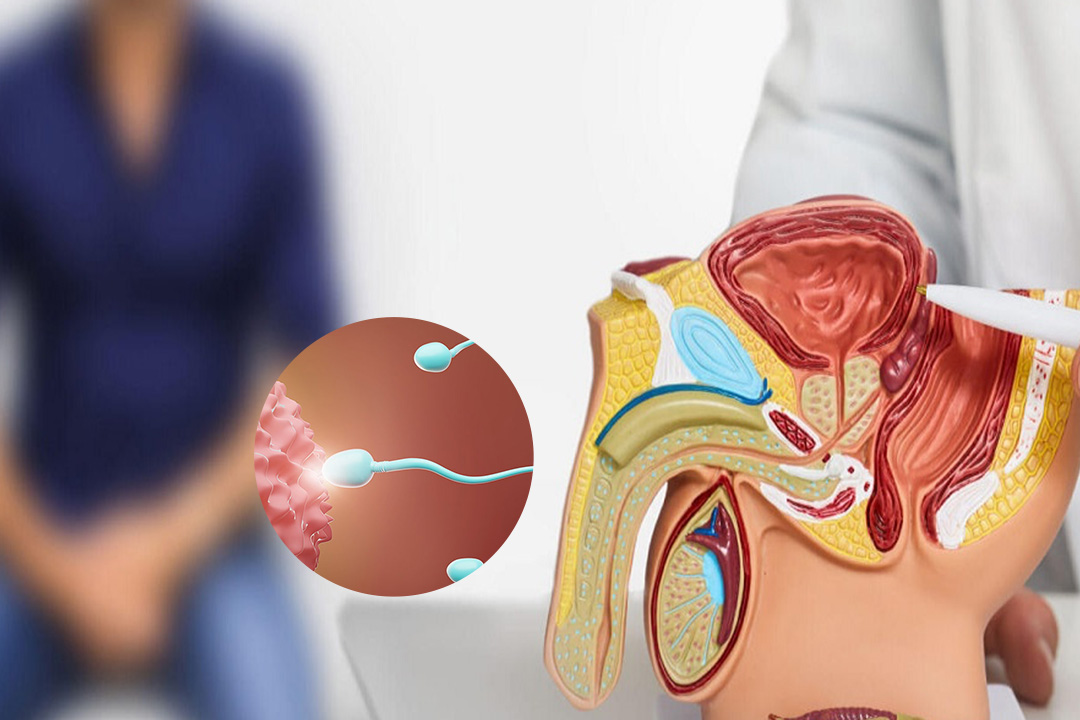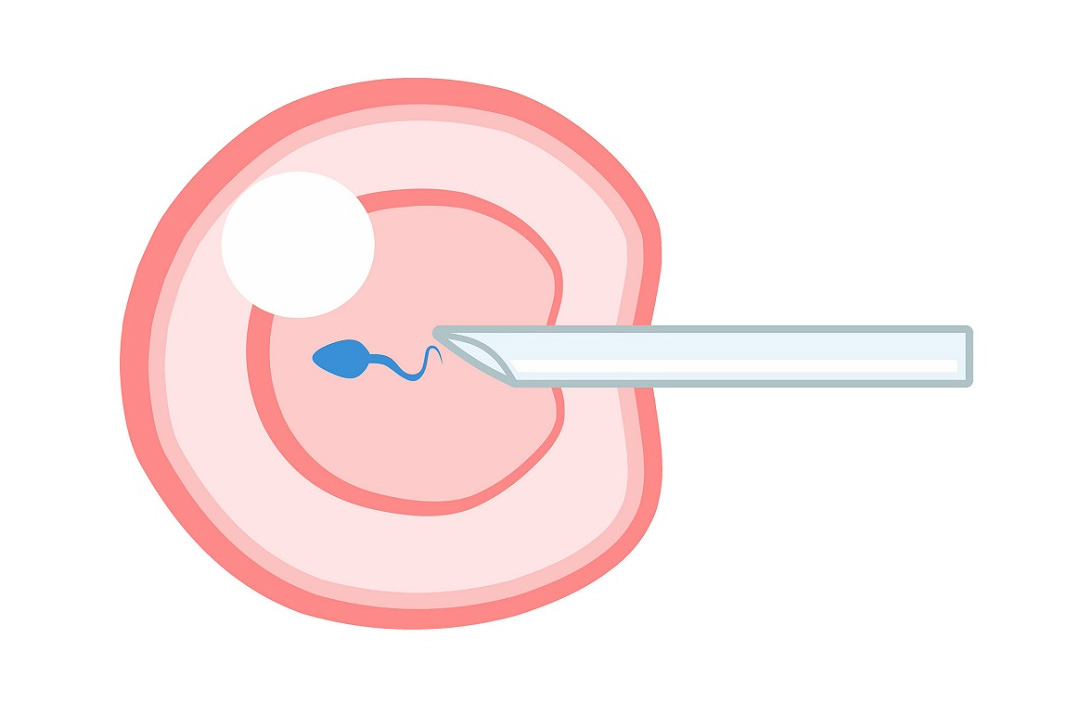What is Genetic Testing in IVF? Everything You Need to Know
Genetic testing in IVF is a powerful tool that helps fertility specialists and prospective parents understand the health and viability of embryos before they’re transferred to the uterus.
At its core, this testing commonly referred to as preimplantation genetic testing (PGT) aims to identify chromosomal abnormalities, single-gene disorders, or structural rearrangements in embryos created through in vitro fertilization (IVF).
Clinics can improve the chances of a successful pregnancy by choosing embryos without detectable genetic defects. It also helps reduce the risk of miscarriage, and lower the likelihood that a child will be born with a serious genetic condition.
Why Genetic Testing Matters in IVF
Even in healthy couples, a significant proportion of embryos carry genetic abnormalities that prevent them from implanting or developing normally. In fact, up to 60% of embryos created in IVF cycles can have chromosomal errors, conditions collectively known as aneuploidies, where one or more chromosomes are missing or duplicated.
Such errors often lead to failed implantation or early pregnancy loss. Similarly, if parents carry mutations in specific genes such as those responsible for cystic fibrosis or sickle cell disease there’s a risk of passing these disorders on to their children.
Genetic testing before implantation allows clinicians to select embryos least likely to harbor these problems, optimizing both safety and success.
What Is Preimplantation Genetic Testing (PGT)?
Preimplantation genetic testing refers to a group of laboratory procedures performed on embryos during an IVF cycle.
Earlier terminology distinguished between preimplantation genetic diagnosis (PGD) for single-gene disorders and preimplantation genetic screening (PGS) for chromosomal checks. Today, the umbrella term PGT includes three specialized tests:
- PGT-A (Aneuploidy screening): Screens for missing or extra chromosomes.
- PGT-M (Monogenic testing): Detects mutations in individual genes known to cause inherited diseases.
- PGT-SR (Structural rearrangement testing): Identifies embryos with chromosome segments that have been inverted or translocated.
Although each test addresses a different type of genetic issue, they all follow the same two-step workflow: embryo biopsy and genetic analysis.
PGT-A: Screening for Chromosome Number Abnormalities
Every embryo should ideally contain 46 chromosomes—23 inherited from each parent. Errors during egg or sperm formation can lead to embryos with too few (monosomy) or too many (trisomy) chromosomes. Common examples include:
- Trisomy 21 (Down syndrome): An extra copy of chromosome 21.
- Trisomy 18 (Edwards syndrome): An extra copy of chromosome 18.
- Monosomy X (Turner syndrome): A single X chromosome in genetic females.
Such aneuploidies are a leading cause of failed implantation and miscarriage, as well as certain birth defects. By performing PGT-A, embryologists can flag embryos with abnormal chromosome counts and prioritize only those with a full complement of 46 chromosomes for transfer.
Who Should Consider PGT-A?
PGT-A can be considered by individuals if they relate with the following:
- Women age 35 or older, due to the higher rate of chromosome abnormalities in eggs as maternal age increases.
- Couples with a history of recurrent miscarriage.
- Individuals who have experienced previous failed IVF cycles.
- Those with unexplained infertility who wish to maximize their chances.
- Partners known to have previously conceived a child with a chromosome abnormality.
PGT-M: Targeting Single-Gene Disorders
When one or both partners carry a mutation in a specific gene, there is a risk that their biological child will inherit the same condition. Single-gene disorders follow straightforward inheritance patterns like autosomal dominant, autosomal recessive, or X-linked, making them prime candidates for genetic testing before implantation.
Examples of Conditions Screened by PGT-M:
- Cystic fibrosis: An autosomal recessive disorder affecting the lungs and digestive system.
- Sickle cell anemia: A blood disorder resulting from a mutation in the beta-globin gene.
- Huntington’s disease: An autosomal dominant neurological condition.
Brugada syndrome and certain cancer-predisposing mutations like BRCA1/BRCA2 variants are linked to higher breast and ovarian cancer risk.
PGT-M requires that the specific genetic mutation be identified in advance, usually through carrier screening or family history analysis. Embryos are then tested to determine whether they have inherited the mutation, allowing parents to select embryos without it.
PGT-SR: Detecting Chromosomal Rearrangements
Some individuals carry balanced chromosomal rearrangements such as inversions or reciprocal translocations that do not affect their own health but can lead to embryos with missing or duplicated segments of chromosomes. PGT-SR is designed to spot these structural issues, which often underlie repeated miscarriages or failed IVF cycles.
Common Rearrangements can include:
- Robertsonian translocations: Fusion of two acrocentric chromosomes.
- Reciprocal translocations: Exchange of segments between non-homologous chromosomes.
- Inversions: A chromosome segment breaks off, flips around, and reattaches.
PGT-SR increases the likelihood of selecting embryos that are chromosomally normal and capable of sustaining a healthy pregnancy by identifying embryos with balanced chromosome structure
How Is PGT Performed?
Preimplantation Genetic Testing (PGT), a procedure often done with IVF, involves extracting a few cells from a developing embryo and analyzing them to check for genetic abnormalities. Here's a more detailed look at how PGT is done:
IVF Embryo Culture
Eggs are retrieved from the ovaries and fertilized in the laboratory. Embryos develop for five to six days until they reach the blastocyst stage, comprising more than 100 cells.
Embryo Biopsy
At the blastocyst stage, a few outer cells (called the trophectoderm, which becomes the placenta) are gently removed using micromanipulation tools. This biopsy does not disturb the inner cell mass, which forms the fetus. Typically, 3–10 cells are taken.
Freezing (Vitrification)
Immediately after biopsy, embryos are cryogenically frozen. This allows time, usually about a week for genetic analysis without delaying the IVF cycle.
Genetic Analysis
DNA from the biopsied cells is amplified and examined. Next-generation sequencing (NGS) has become the standard method, offering high resolution and the ability to detect mosaicism when only a subset of cells in an embryo carry a genetic abnormality.
Embryo Selection and Transfer
Once results arrive, usually within 7–10 days, clinicians review which embryos are genetically normal (or best suited) and schedule a
frozen embryo transfer in a subsequent cycle.
What is Mosaicism?
Mosaic embryos contain a mix of normal and abnormal cells. NGS can quantify the proportion of abnormal cells, classifying embryos as:
- High-level mosaicism: Majority abnormal cells.
- Low-level mosaicism: Majority normal cells
Although mosaic embryos were previously discarded, emerging research suggests that some can still result in healthy pregnancies. Decisions on whether to transfer these embryos typically involve genetic counseling to weigh the risks and potential outcomes.
Genetic testing for IVF cost
Preimplantation Genetic Testing (PGT), including PGT-A (aneuploidy screening) and PGD (for specific genetic diseases), is an investment for peace of mind and potentially higher success rates.
- PGT-A (aneuploidy screening): ₹40,000 - ₹60,000 per cycle.
- PGD (specific genetic disease screening): Variable, depending on the specific test and probe development.
- IVF Cycle with PGT: ₹25,000 - ₹50,000 per embryo, in addition to the standard IVF cycle costs.
Important Considerations
- Insurance Coverage: IVF costs, including genetic testing, are often not fully covered by insurance.
- Financial Assistance: Many clinics offer financial assistance options or payment plans.
- Consult with a Fertility Clinic: To get an accurate cost estimate for your specific situation, it's crucial to consult with a fertility clinic in Bangalore and discuss your individual needs and options.
Benefits and Limitations of Genetic Testing in IVF
Benefits of genetic testing are follows:
- Increased Implantation Rates: By selecting embryos with the correct number of chromosomes, clinics can improve the chances that an embryo will implant successfully.
- Reduced Miscarriage Risk: Identifying embryos without chromosomal errors lowers the likelihood of early pregnancy loss.
- Prevention of Genetic Disease: For couples at risk of passing on single-gene disorders, PGT-M offers the opportunity to avoid serious inherited conditions.
- Optimized Use of Embryos: Especially for patients with few embryos, genetic testing helps ensure that transfer attempts focus on the most viable options.
Limitations of genetic testing are as follows:
- Cost and Accessibility: Genetic testing adds significant expense to an IVF cycle and may not be covered by insurance.
- Biopsy Risk: Although rare, the embryo biopsy can sometimes damage embryos, leading to loss of otherwise healthy embryos (approximately 5%).
- False Positives/Negatives: No test is 100% accurate; some results might misclassify an embryo’s genetic status. Standard prenatal diagnostics (e.g., amniocentesis) are still recommended.
- Ethical Considerations: As PGT expands beyond serious health conditions, concerns arise about “designer babies” and the moral implications of selecting non-medical traits.
Ethical and Social Considerations
Preimplantation genetic testing sits at the intersection of remarkable medical progress and profound ethical questions.
Originally introduced to prevent devastating childhood diseases, PGT could increasingly be used for non-medical traits like eye color, height, or even intelligence markersif the science becomes available.
This raises fears of a modern form of eugenics, where societies might favor certain genetic profiles over others.
Many professional societies recommend that PGT be used judiciously, focusing on preventing severe health conditions and leaving non-medical applications to robust public debate and regulation.
Navigating a PGT Journey: What to Expect
A Preimplantation Genetic Testing (PGT) journey involves several steps, including initial assessments, egg and sperm retrieval, embryo creation and biopsy, genetic testing, and embryo selection and transfer.
This process can take several weeks, and it's important to be prepared for the emotional and practical challenges involved.
Genetic Counseling
Before testing, meet with a certified genetic counselor who will review your family history, explain the types of PGT, discuss risks, and set realistic expectations.
Carrier Screening
If considering PGT-M, partners often undergo blood or saliva tests to detect carrier status for specific gene mutations.
IVF Cycle Coordination
Your fertility clinic will synchronize medications, egg retrieval, fertilization, embryo culture, biopsy, freezing, and transfer scheduling.
Waiting Period
Genetic analysis takes about one week. During this time, embryos remain in cryostorage.
Transfer and Pregnancy Testing
When the best embryo(s) are thawed and transferred, expect a two-week wait before a blood pregnancy test.
Follow-Up Prenatal Testing
Even after a normal PGT result, most specialists recommend confirmatory prenatal diagnostics to ensure fetal health.
The Future of Genetic Testing in IVF
Advances in genomic technologies and computational analysis continue to enhance the power and precision of PGT. Key developments on the horizon include:
- Non-invasive PGT: Using genetic material released by embryos into the culture fluid, potentially avoiding biopsies altogether.
- Expanded Genetic Panels: Screening for a broader array of single-gene disorders and polygenic risk scores.
- Improved Mosaicism Interpretation: Refining guidelines on when and how to transfer mosaic embryos safely.
- Machine Learning Integration: Harnessing artificial intelligence to predict implantation potential based on combined genetic and morphological data.
As these innovations emerge, clinics will need to balance cutting-edge capabilities with ethical stewardship, ensuring that genetic testing empowers families without compromising societal values.
Conclusion
Genetic testing in IVF through PGT-A, PGT-M, and PGT-SR provides an extraordinary opportunity to maximize the success of fertility treatments and safeguard the health of future children.The potential for non-medical trait selection and unequal access demands ongoing ethical vigilance.
As technology advances, the promise of healthier families must be matched by thoughtful policies and compassionate counseling, ensuring that genetic testing remains a force for good in reproductive medicine.
About Us
AKsigen IVF is a premier center for advanced fertility treatments, with renowned fertility experts on our team. Specializing in IVF, ICSI, egg freezing, and other cutting-edge reproductive technologies, AKsigen IVF is committed to helping couples achieve their dream of parenthood. With personalized care and a patient-first approach, AKsigen IVF provides comprehensive fertility solutions under one roof.





